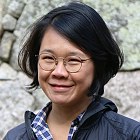Apples, autumn colors and hot springs
Aomori Prefecture is the northernmost prefecture on the main island of Japan, across from the island of Hokkaido. Tsugaru is the term used to describe the western half of Aomori Prefecture, and some of the major sightseeing attractions in this region include the cherry blossoms at Hirosaki Castle as well as the Nebuta Matsuri in summer in Aomori City. One of the icons of the Tsugaru Region is Mount Iwaki, a dormant volcano often refered to as Tsugaru Fuji due to its resemblance to Mount Fuji. Standing at 1625 meters, Mount Iwaki is the tallest mountain in Aomori Prefecture and can be seen from many places in the region.
In this three day trip in late October, I spent my time in Hirakawa and Kuroishi, two lesser known cities in central Tsugaru, enjoying the autumn colors, apples, which the region is known for, local specialties and sightseeing. It was a very relaxing three days exploring the neighboring cities by public transport, and one which I would not hesitate to repeat.

Day 1
My walking tour for the day began at Tsugaru Onoe Station, from where I made my way to Saruka Shrine, which is said to have been established in 807. Even centuries before the establishment of the shrine, the grounds were considered sacred and where various deities were worshiped. The serene shrine grounds contain other small shrines as well as two ponds, which offer seasonal flora.
Adjacent to the shrine is the spacious Saruka Park, where visitors can enjoy more seasonal flora as well as the view of Mount Iwaki on a clear day. I took a walk through the shrine grounds and the park, enjoying the autumnal colors, before making my way to the nearby Seibi-en Garden.
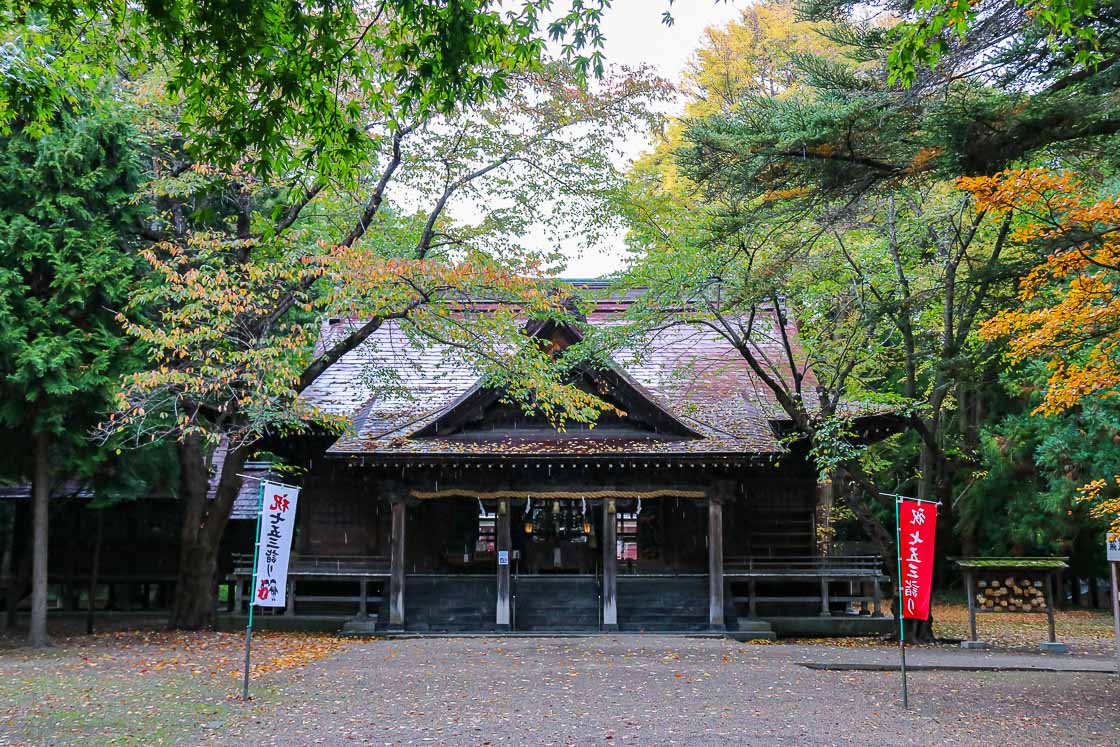
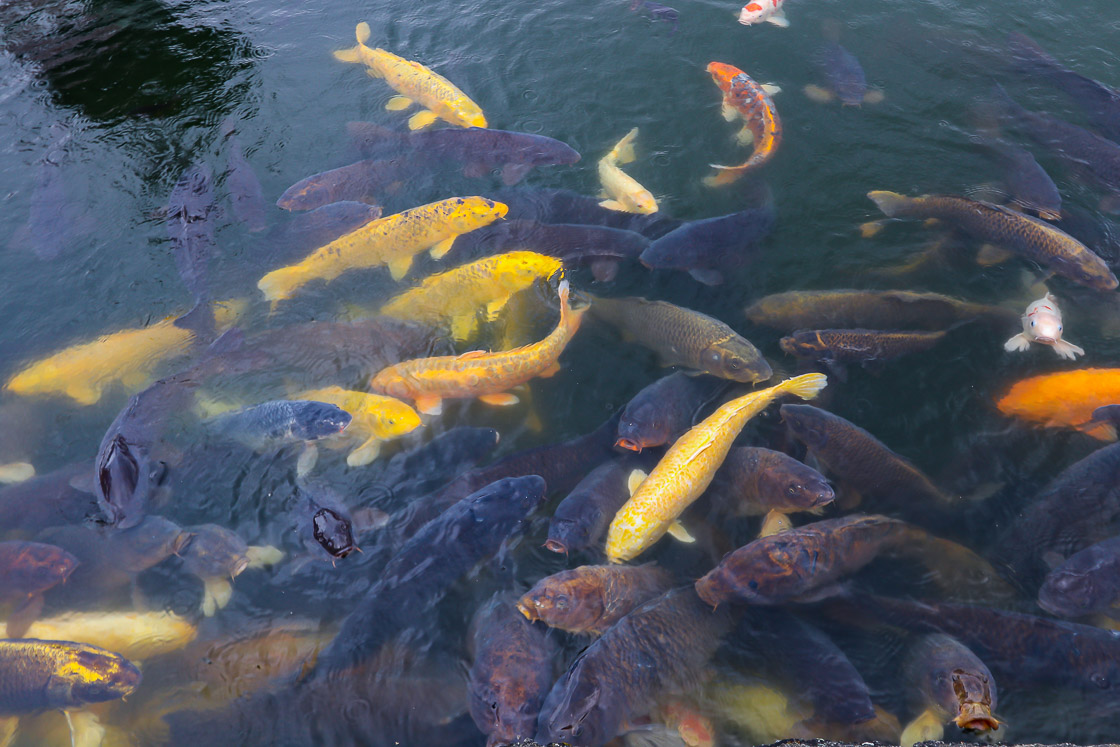
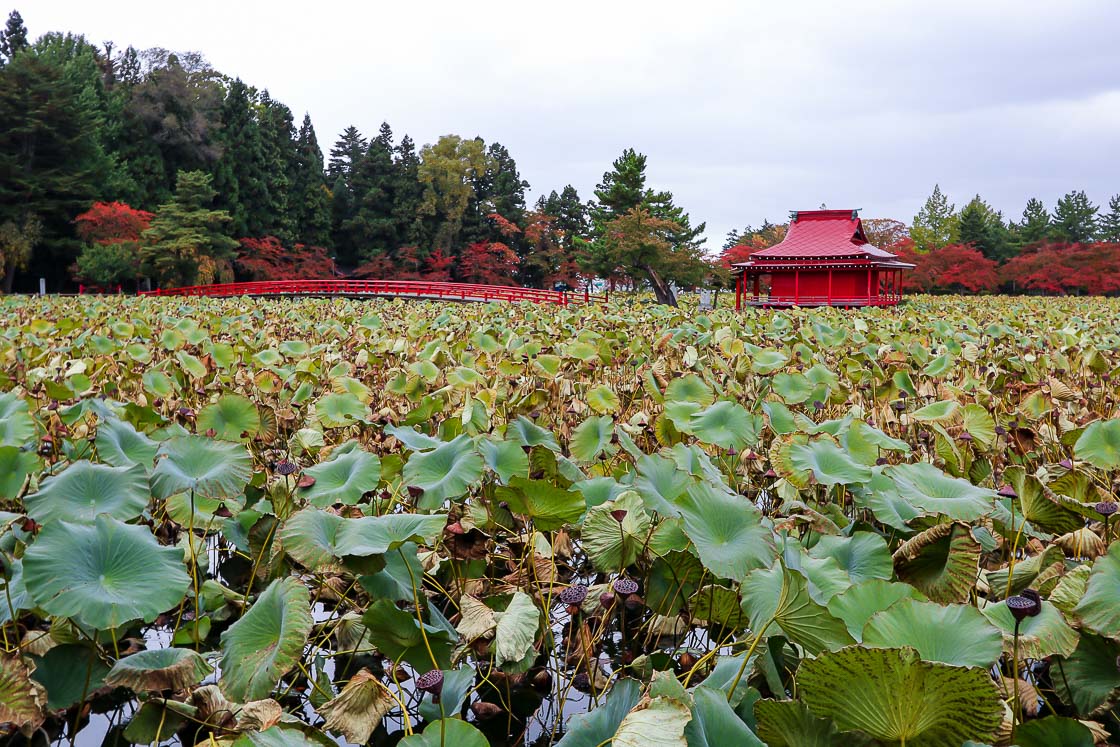
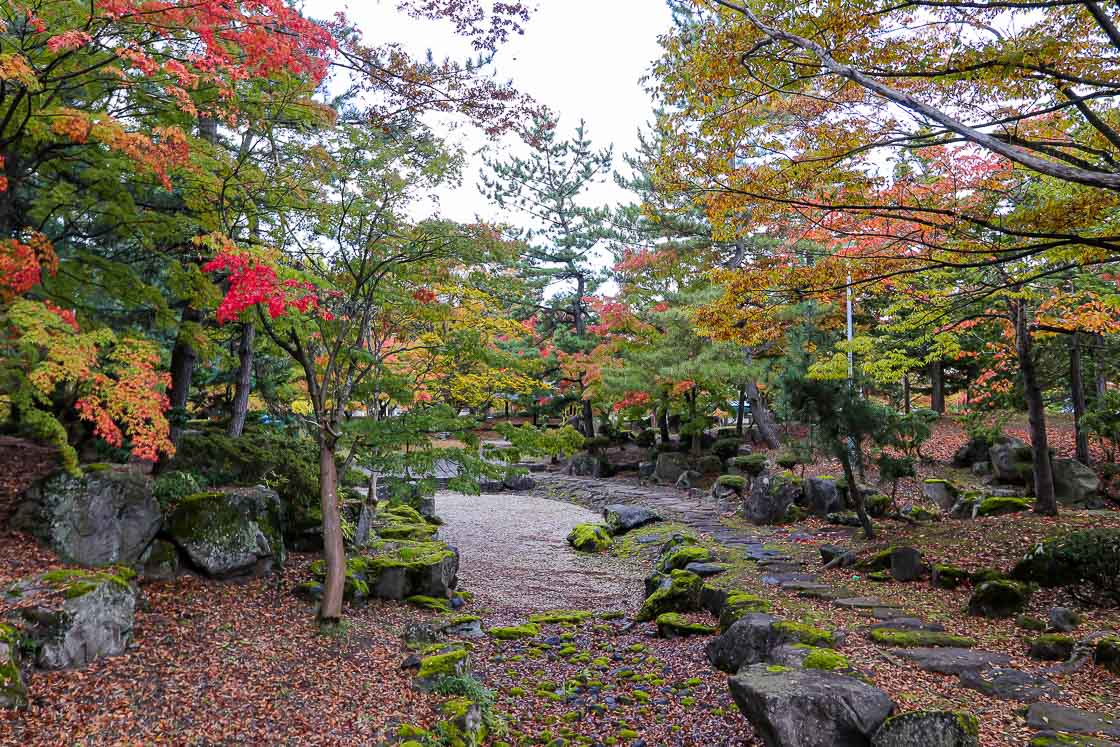
Formerly the site of a wealthy landowner's residence, Seibi-en Garden took nine years to build during the Meiji Period (1868 - 1912). Inside, there is a landscape garden featuring traditional elements: a dry rock garden, a pond, an artificial hill, islands and stone lanterns. The surrounding mountains are also incorporated as borrowed scenery into the garden. There are over 1300 trees in the garden, making for a pleasant stroll through. At the southwest end stands the Seibikan, a unique two story building, and the Gohoden, a small ornate temple whose object of worship is the Dainichi Nyorai Buddha.
I had a nice time strolling through the garden, and took time to appreciate the different elements of a traditional Japanese landscape garden. The Gohoden, which is only open for three minutes every 30 minutes, turned out to be the biggest surprise for me. Inside the dark temple, only the opulently decorated main altar is illuminated. Intricate lacquer paintings adorn the sides of the altar, while gold leaf cover the ceiling and the platform which holds the statue of Dainichi Nyorai Buddha.
Following that eye-opening visit, I headed to Daiju Shokudo for lunch. The well-loved local restaurant in Tsugaru Onoe has been in business for about a century, and the current owner is the fourth generation! Of the numerous items on the menu, the A-set, which contains a trio of fried noodles, ramen and a rice ball, is the most popular. I ordered that without hesitation and was not disappointed at all.
Soon, it was time to catch the train from Tsugaru Onoe to Kuroishi. The train ride took about ten minutes, and at Kuroishi Station, I waited for my local bus that would take me to the Nijinoko Koen bus stop, and from where I would catch the shuttle bus to my accommodation for the night, Lamp no Yado Aoni Onsen.
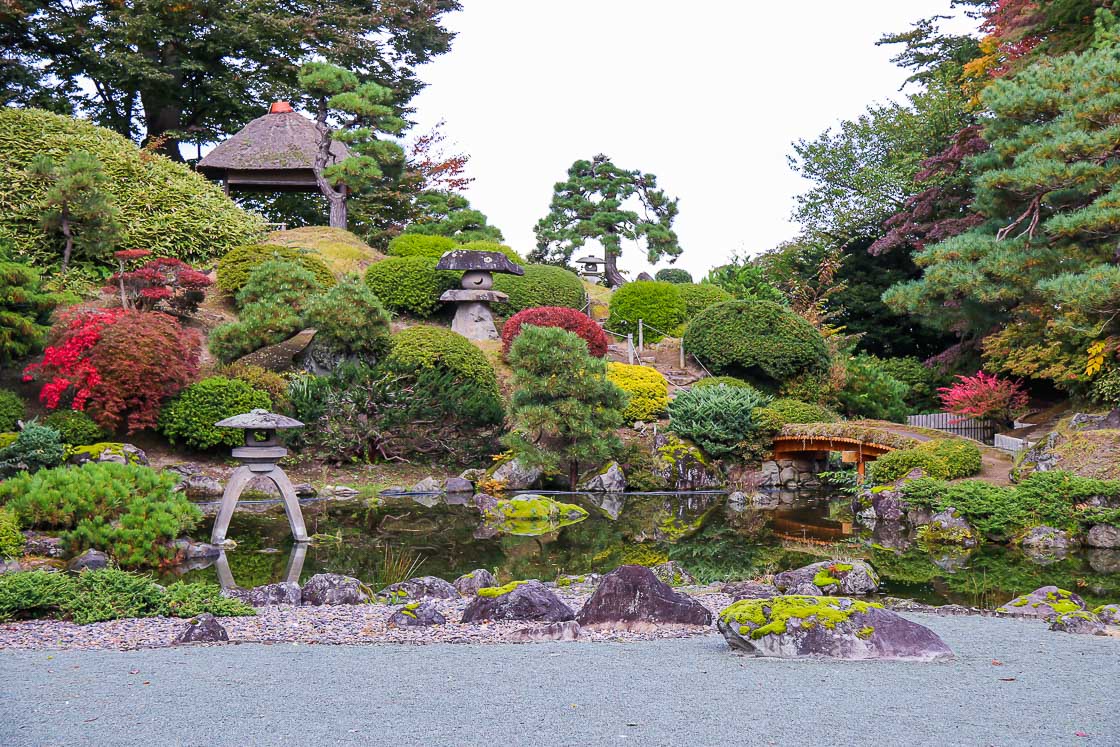


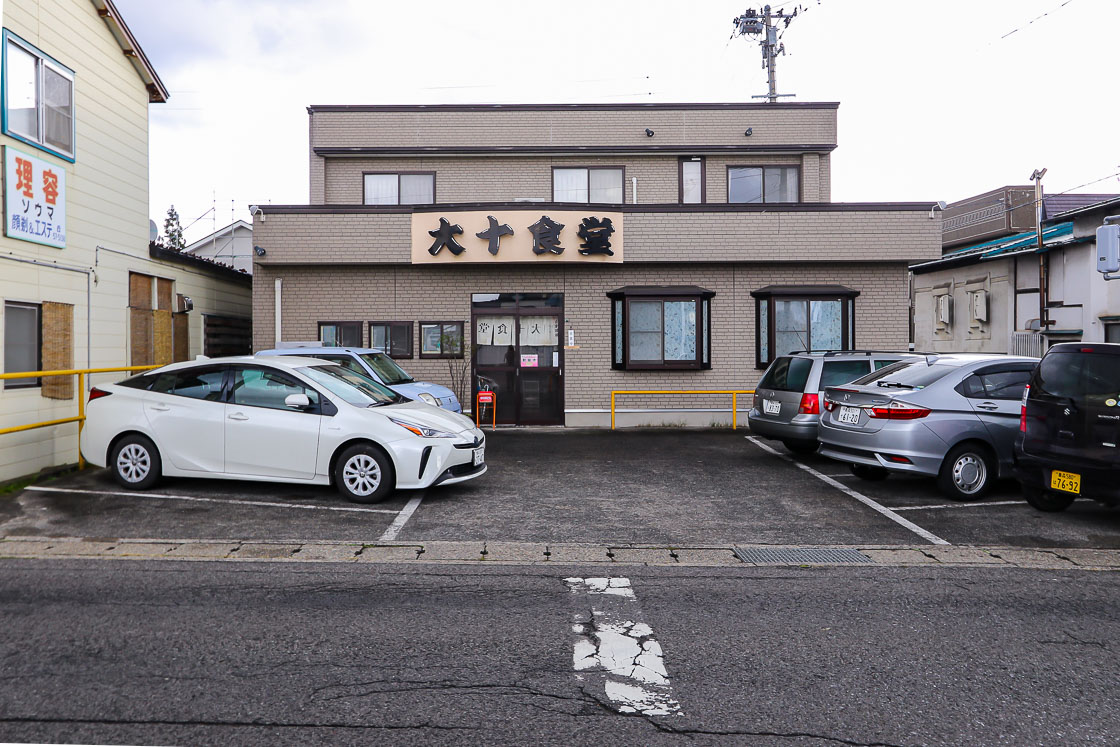
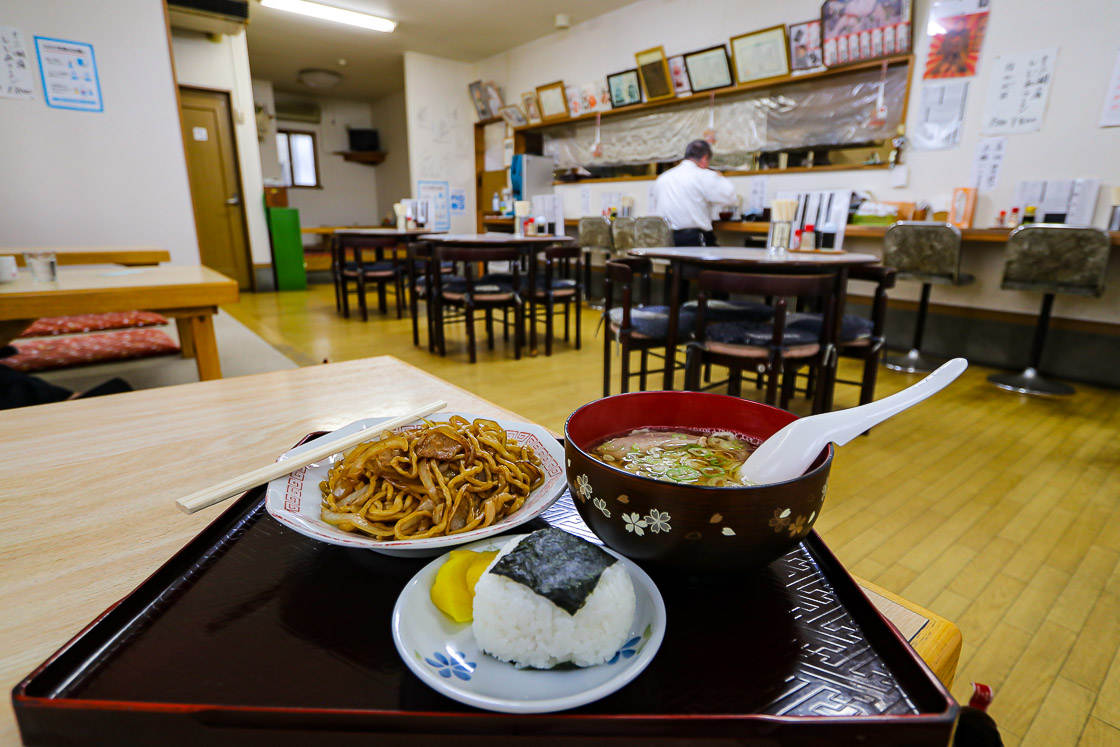
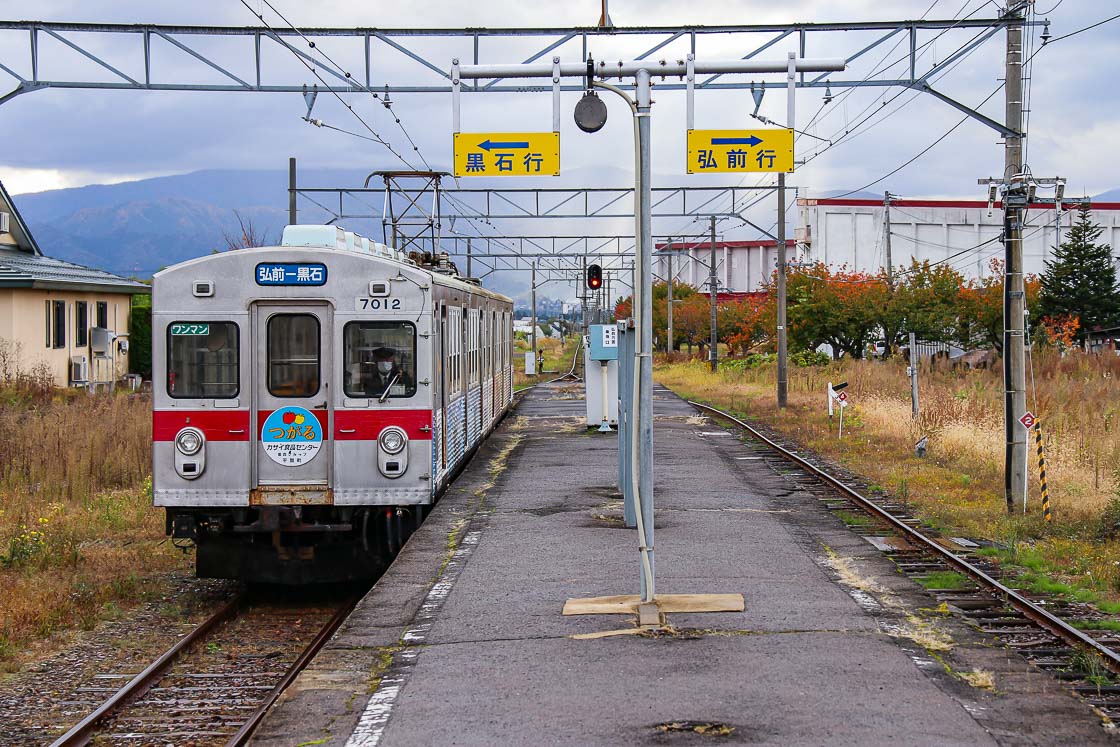
Lamp no Yado Aoni Onsen is a remote hot spring accommodation along a river at the southeastern edge of Kuroishi City. Located deep in a forest valley, the accommodation facility is known for its absence of running electricity as well as mobile reception. Oil lamps are used for illumination throughout the facility, including the baths, which, while dim, provided some sort of cover for those shy about entering public baths. An advantage of the minimum amount of light used was the beautiful night sky seen from the valley.
Visitors should be prepared to be disconnected from the rest of the world whilst at Lamp no Yado. It was a different experience, and I personally found the act of switching off from the online world quite refreshing indeed. An overnight stay here would be perfect for those who want to do a social media or online detox, but cannot really bring themselves to do it.
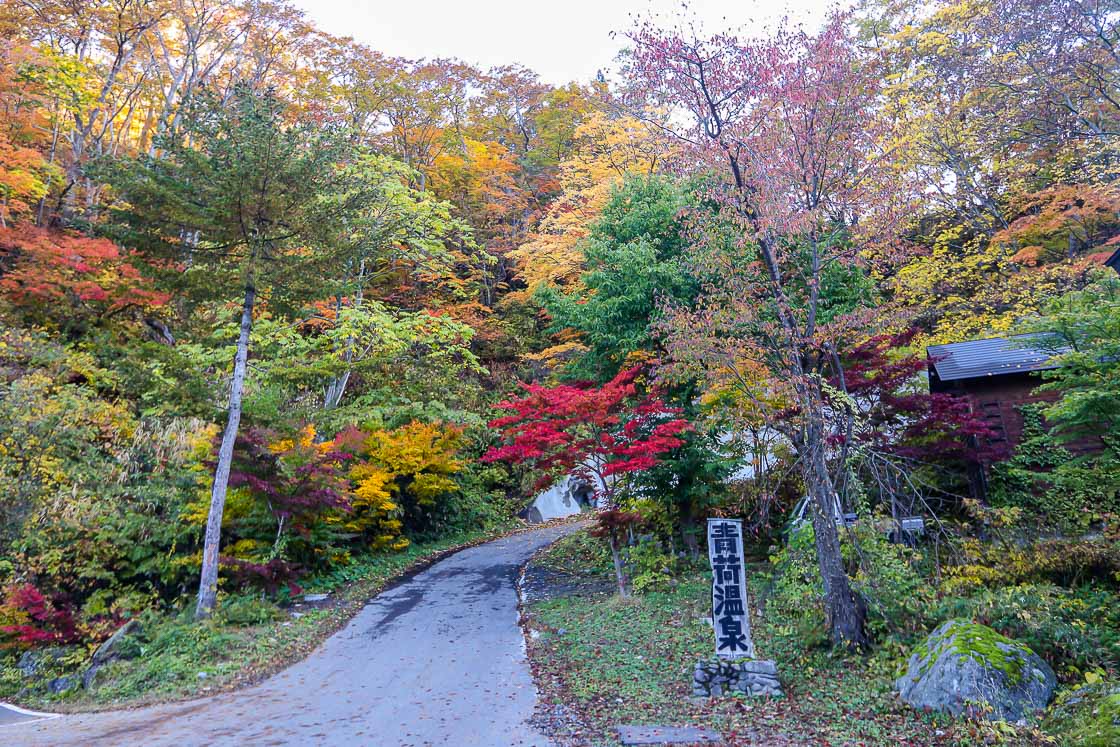

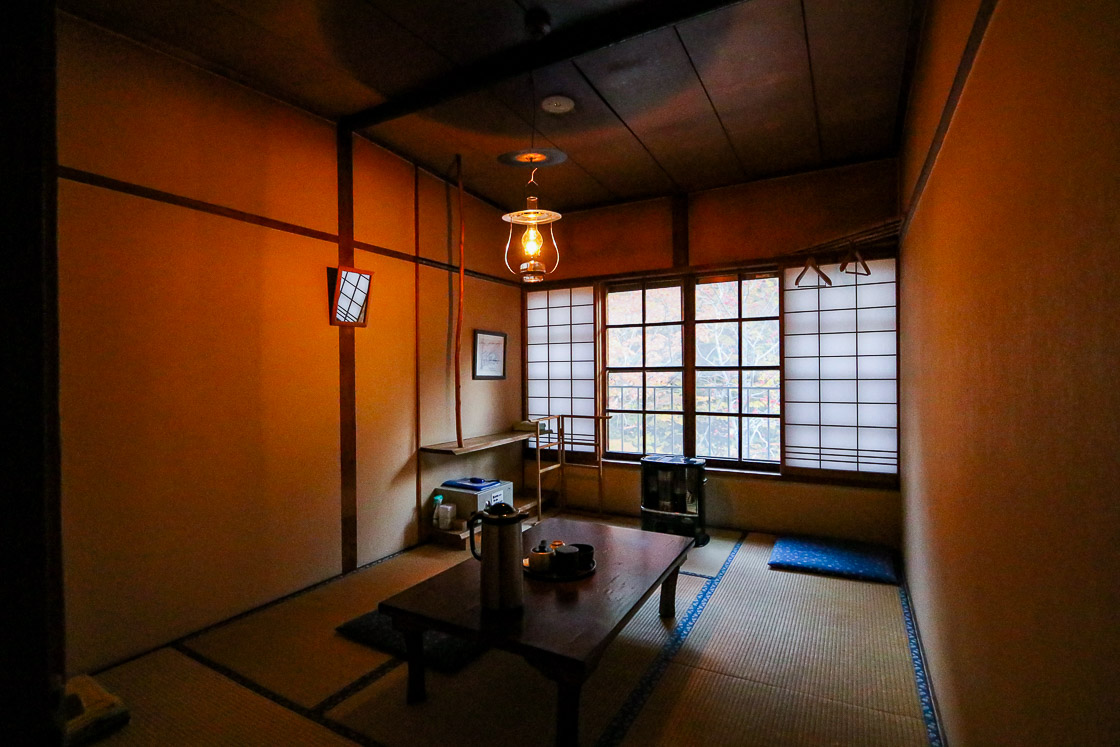
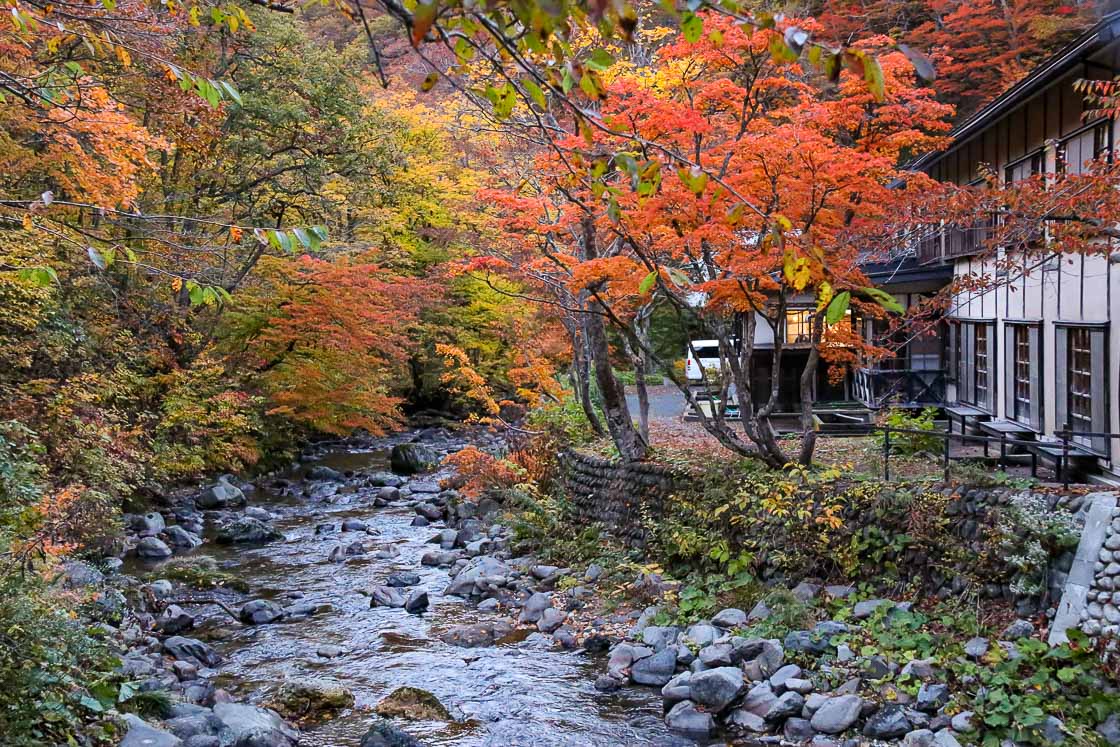
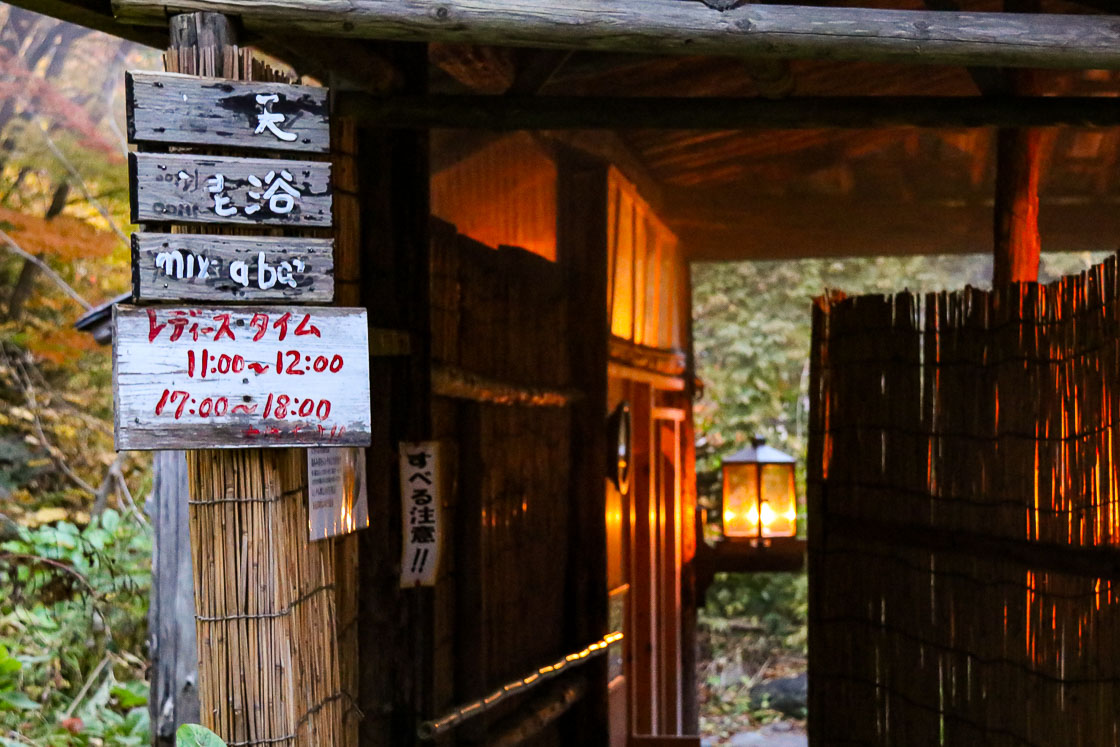

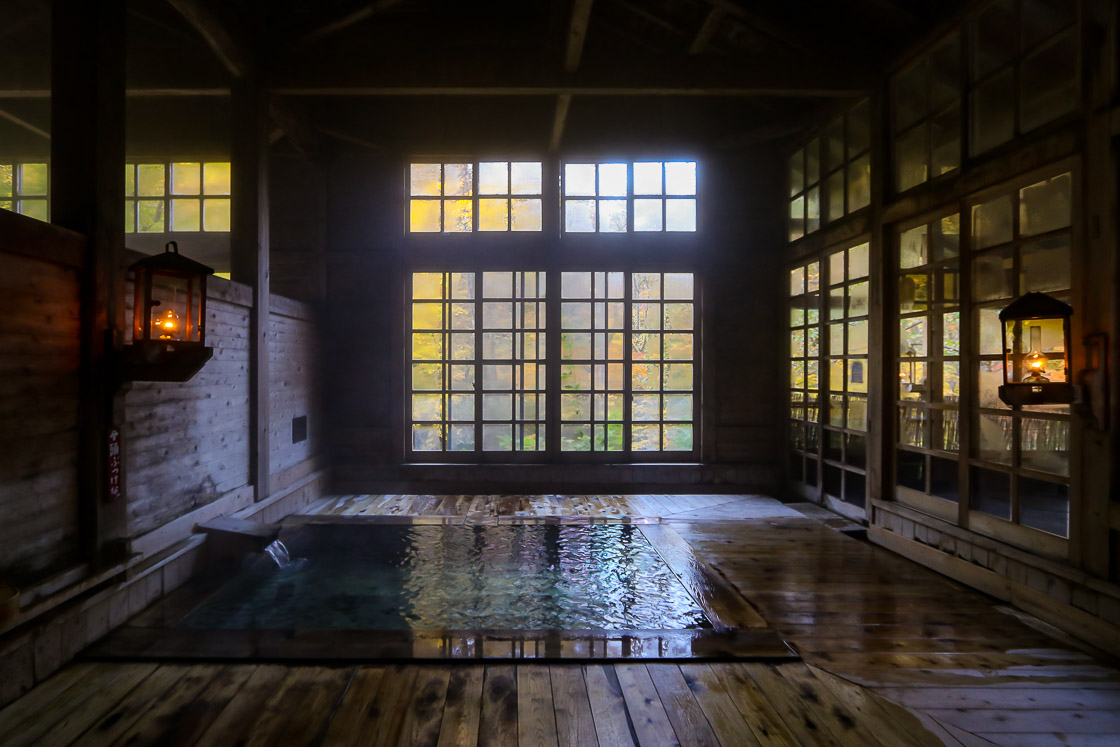
Day 2
After breakfast, I checked out of Lamp no Yado Aoni Onsen and returned to the modern, connected world. I took the bus to my next destination, Tabinoyado Saikawa, the lodging where I would stay tonight, dropped my bag off and borrowed one of their bicycles to explore the surrounding area. I spent the day visiting four spots in the area and covered a total of 15 kilometers on bike. Cycling was relatively painless thanks to the nearly flat roads with a few slopes and the bicycle gears.

The first stop on my bike ride was the Tsugaru Kokeshi Museum. Wooden kokeshi dolls are a traditional toy and craft in the Tohoku Region in northwestern Japan, and each region has their unique variant on the doll. Kokeshi dolls typically have a ball head and a long body. Made in the Tsugaru Region, Tsugaru kokeshi dolls are made from a single piece of wood and traditionally painted with peonies, indigenous Ainu designs and the face of the Zen monk Bodhidharma.
I had the opportunity to meet a kokeshi artisan who showed me how kokeshi dolls are shaped and then painted. After that, I participated in a kokeshi doll painting activity. The activity was straightforward with no specific pattern to follow, starting with painting a face on the doll, then the hair and finally the designs on the body. However, the challenge was achieving consistent lines and not letting the paint bleed into the wood.
After completing my kokeshi doll, I walked through the Tsugaru Traditional Craft Center, which was just behind the kokeshi museum. Visitors can check out the other regional traditional craft like Tsugaru lacquerware, which looked exquisite.

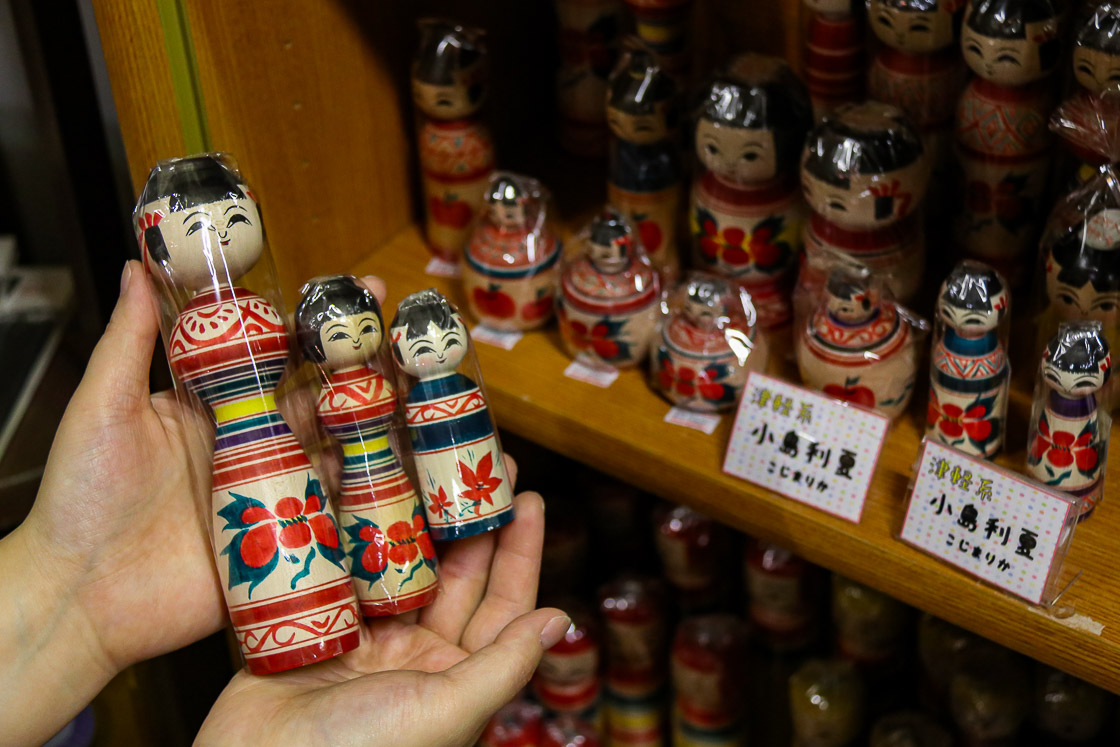
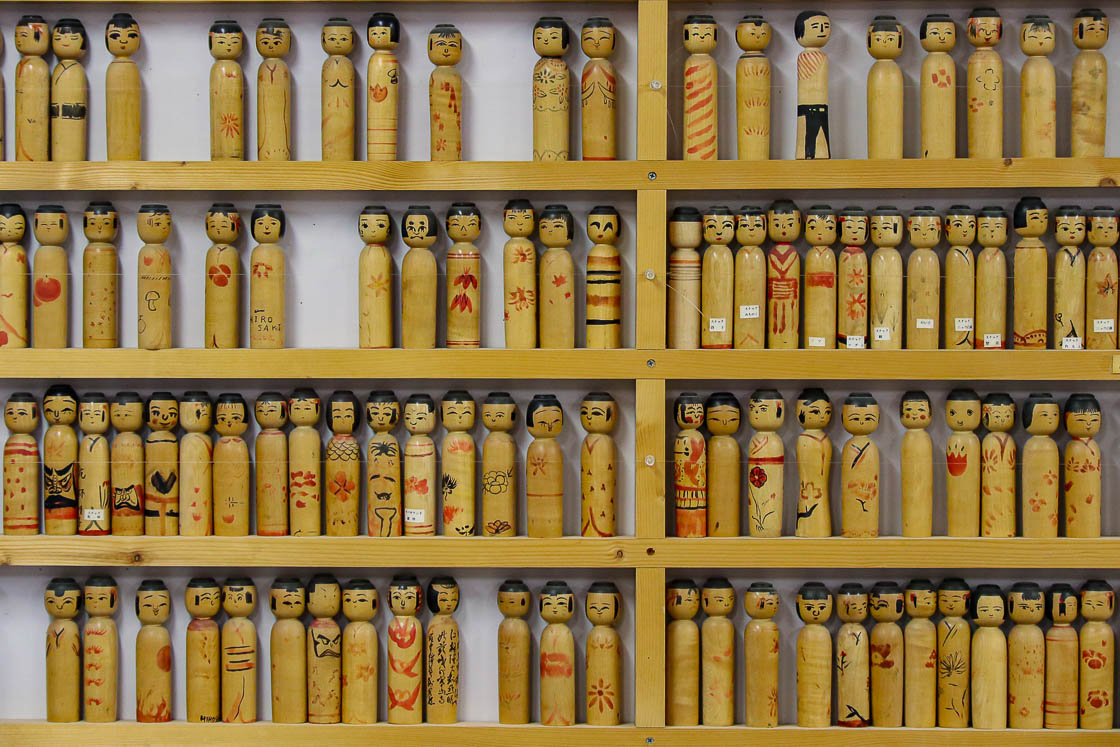


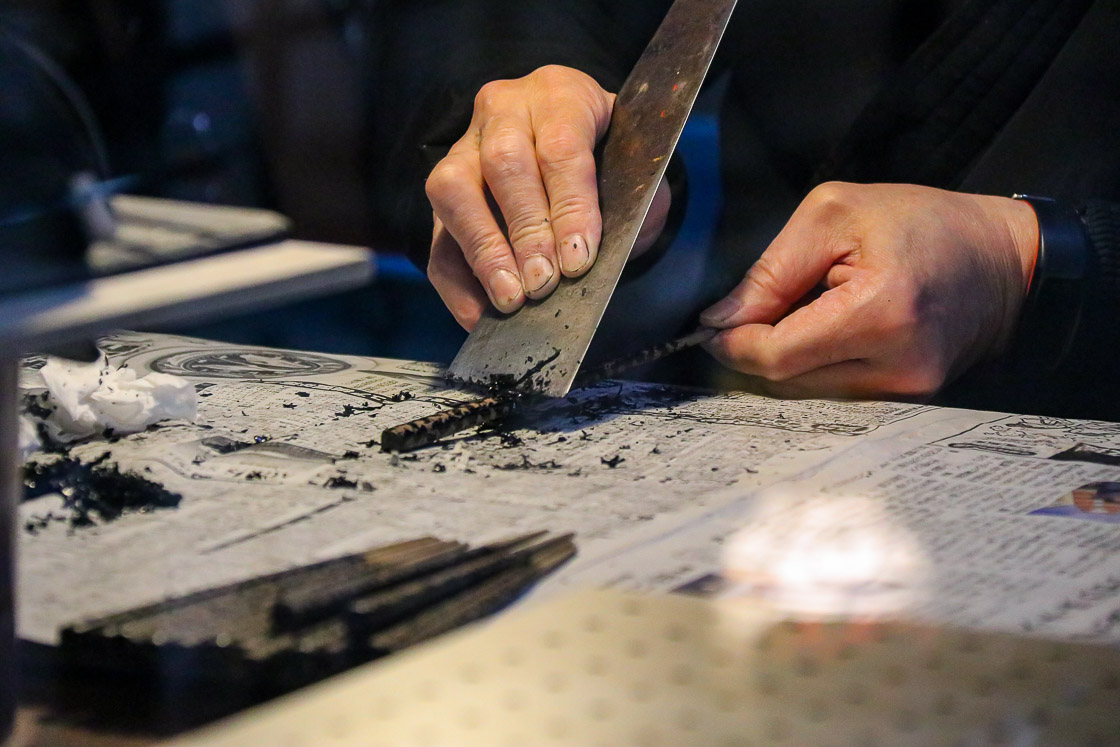
Lunch was next, and I cycled north towards Le Gre, a small pizzeria about two kilometers away. I was truly not expecting to have pizza in the countryside, and it was a pleasant surprise to find a quality pizzeria in such a rural area. The restaurant, as it turned out, was popular with the locals, and filled up very quickly when I was there. For a moment during lunch, it did not feel like I was in Aomori, but maybe in the Italian countryside, as I sat at the terrace enjoying the sun and my pizza.
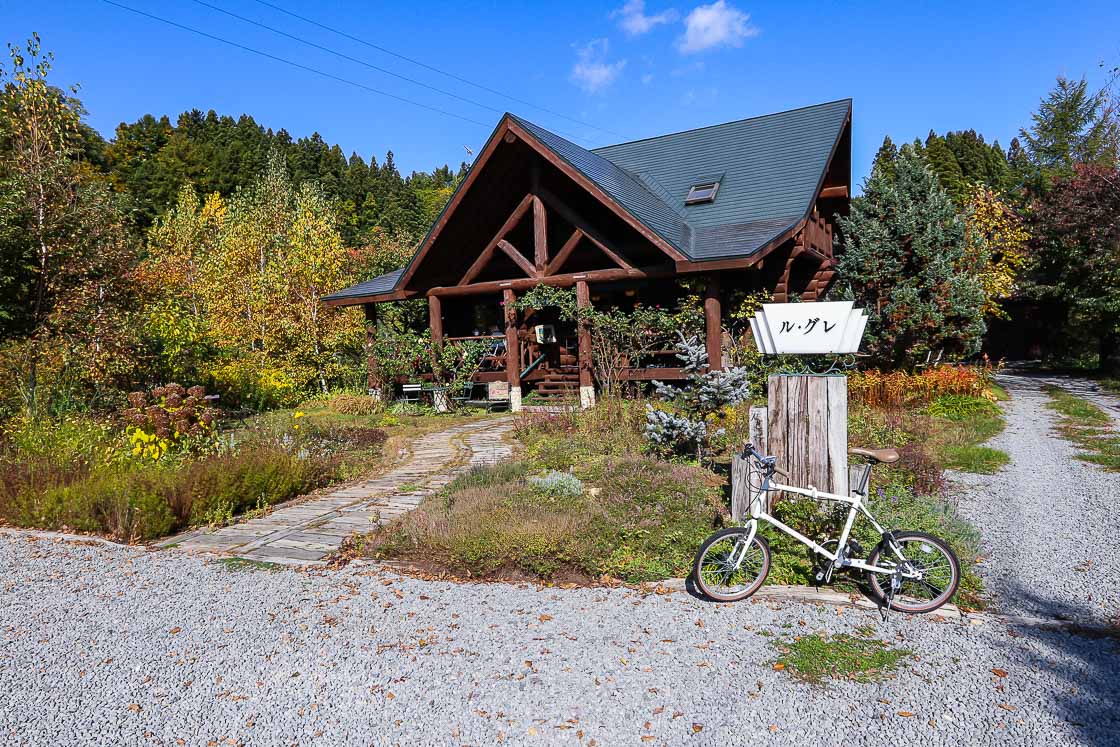

From there, I rode off to Tsugaru Ujoyaki, a pottery studio and home to the world's longest climbing kiln, noborigama, at 103 meters. The studio and gallery lies on a hill surrounded by apple trees and other fruit trees, which made it very picturesque. I was treated to a mini tour of the place and had the chance to see a part of the noborigama, which has 52 chambers. The entire noborigama is only used a couple of times a year as a single firing of all the chambers takes about half a year to complete, but the first few chambers are used more frequently. In addition to the noborigama, the pottery studio also has a separate single chamber, anagama kiln, which is used more often. Even then, one firing of the anagama kiln takes at least a few weeks to complete.
The pieces at Ujoyaki are typically fired unglazed, relying on the intense heat and ash from the burnt wood to produce a natural glaze on the clay in the kiln and resulting in a unique coloration on each of the pieces. It takes a lot of experience and mastery of stoking the kiln to produce such consistent results, especially more so as there is no way to check on the pieces once the kiln has been sealed and set for firing.
I rounded up my tour of the pottery studio with a visit to their tea ceremony museum. The small museum, located a short walk from the studio, exhibits a number of tea bowls and also has an adjacent tea room where visitors can enjoy tea and sweets or participate in a tea ceremony.
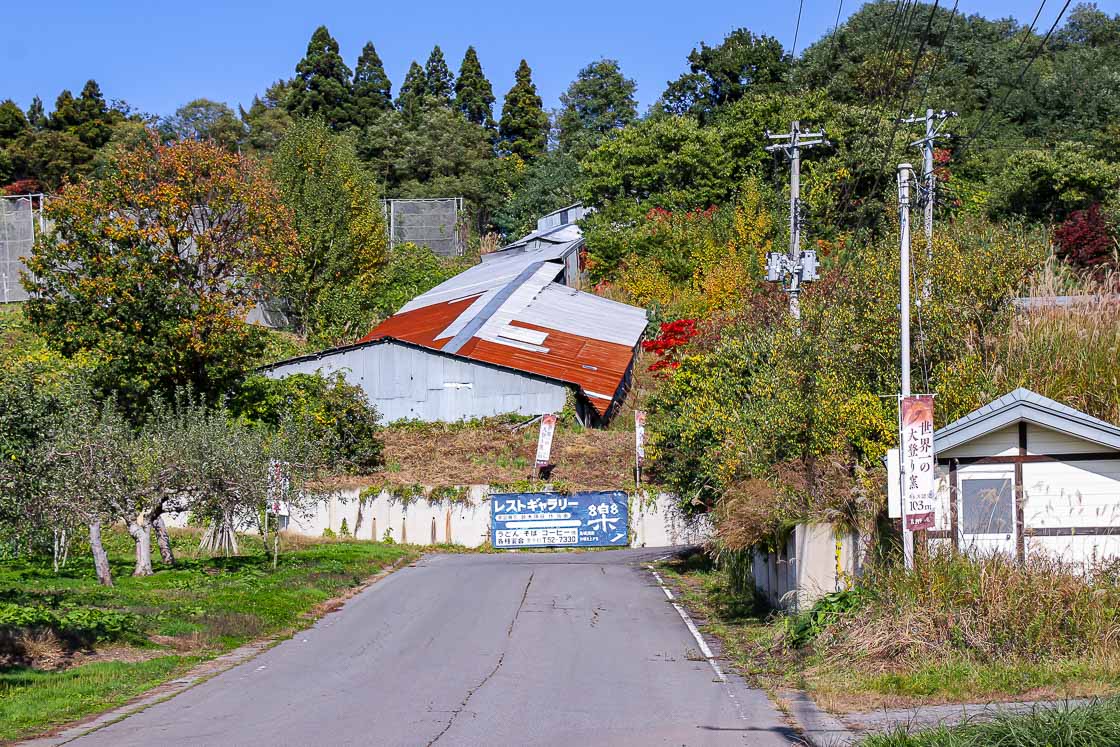
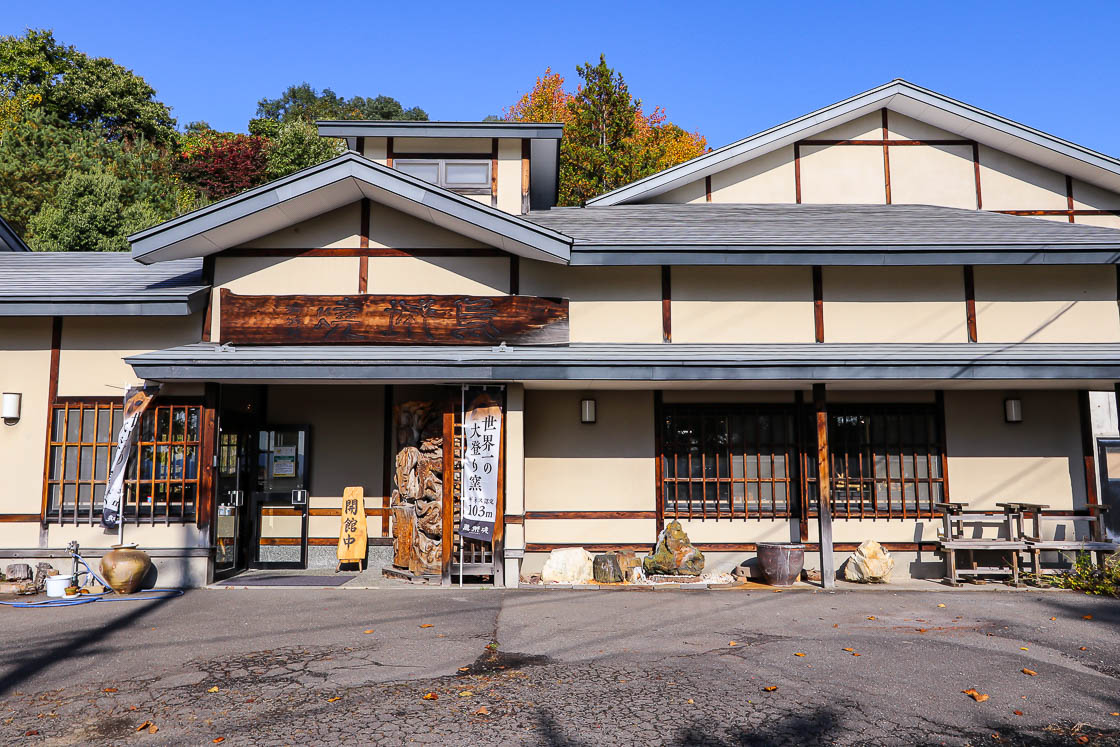
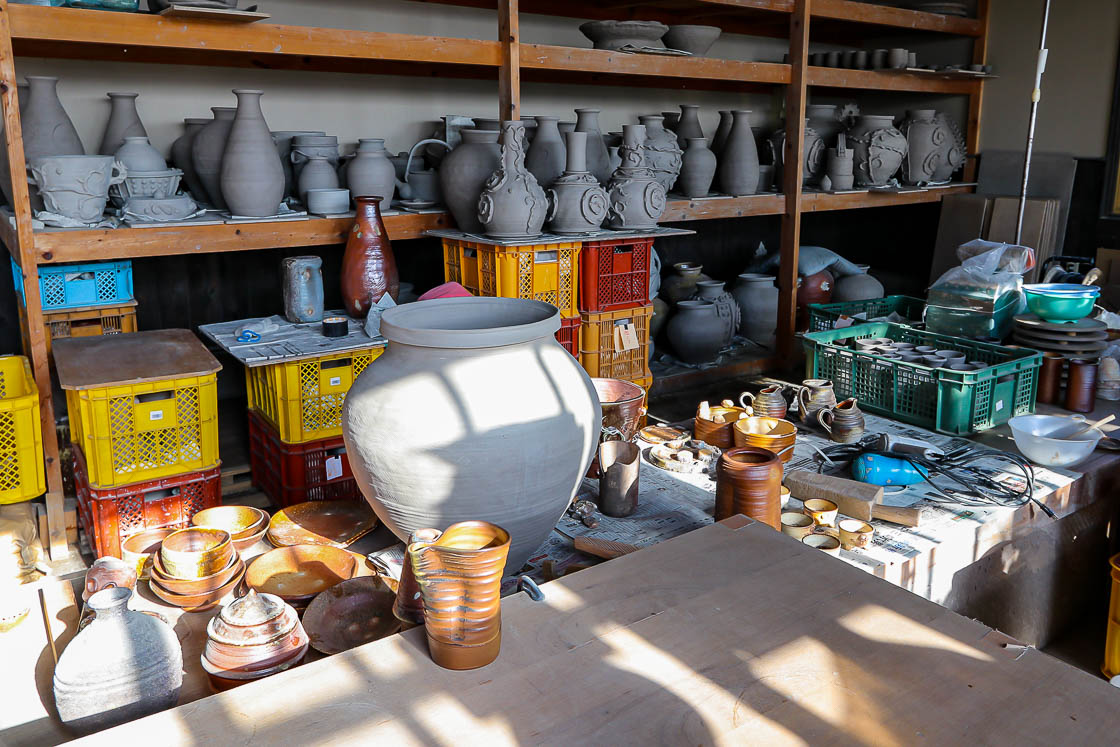
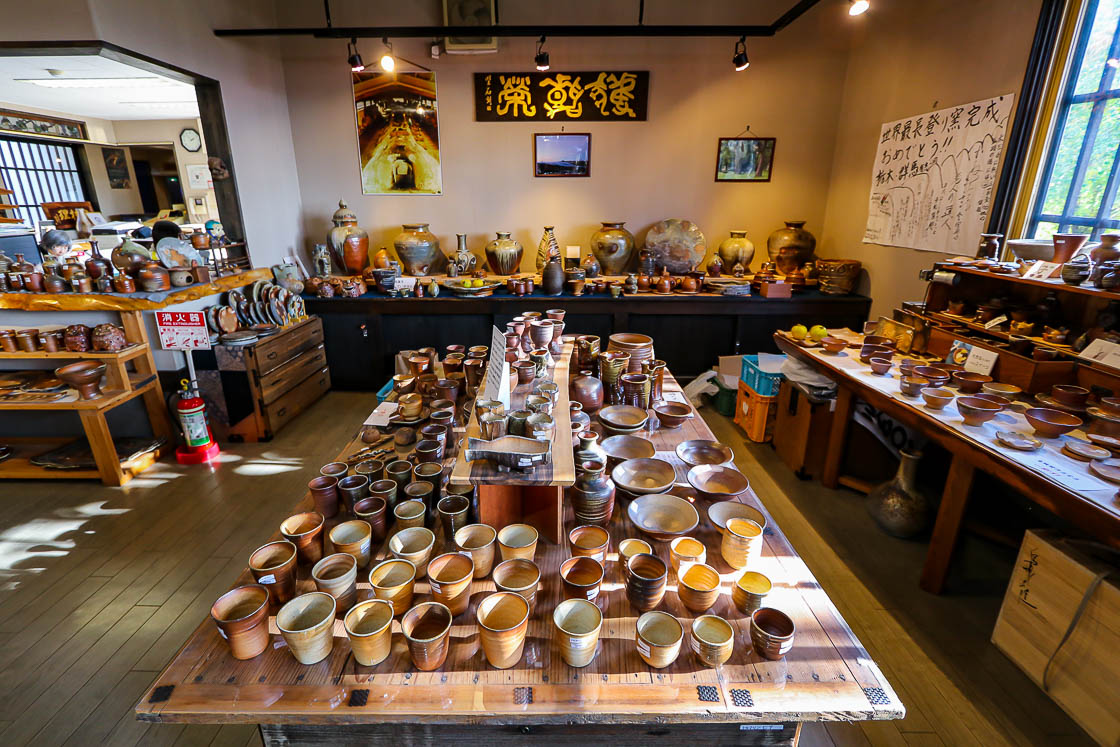
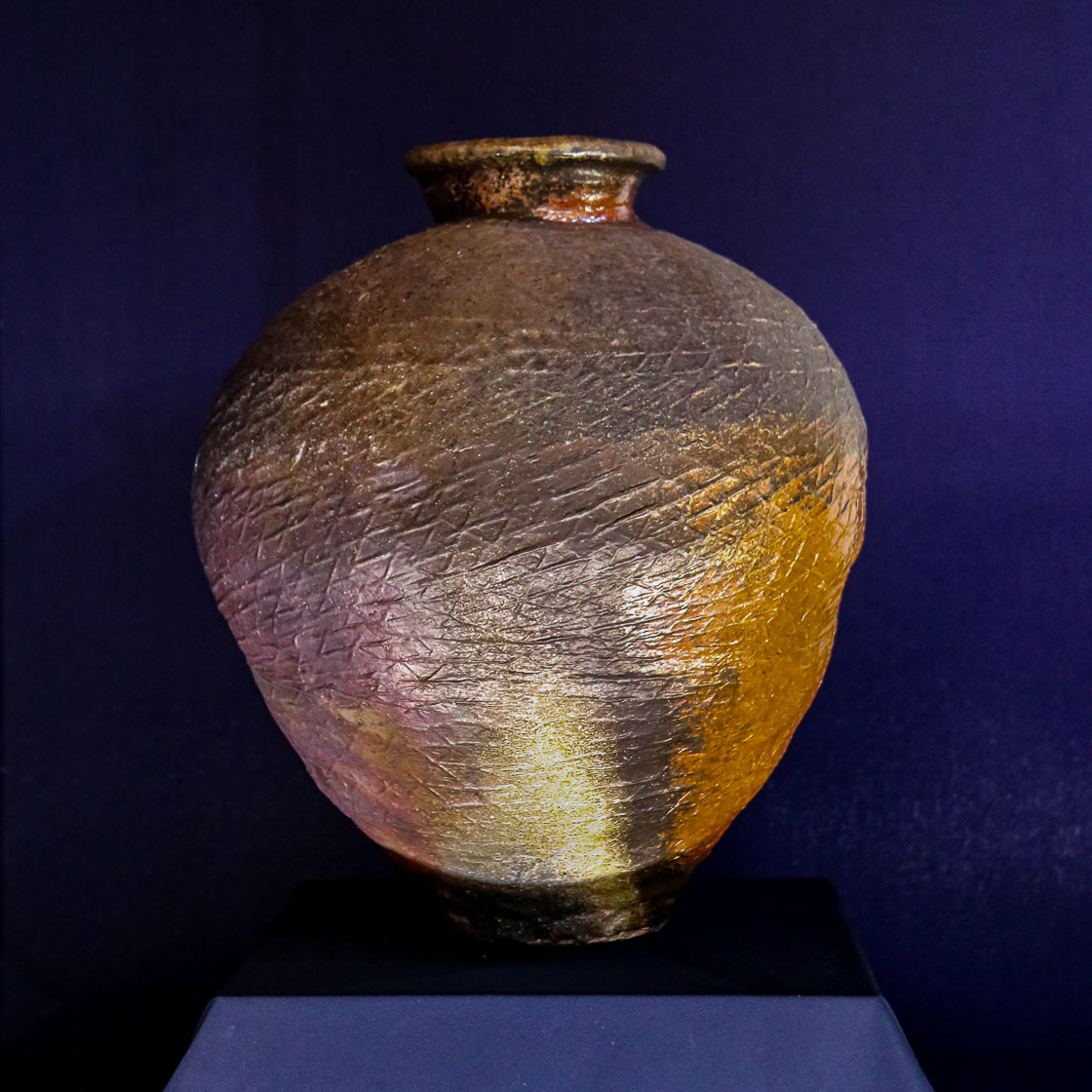
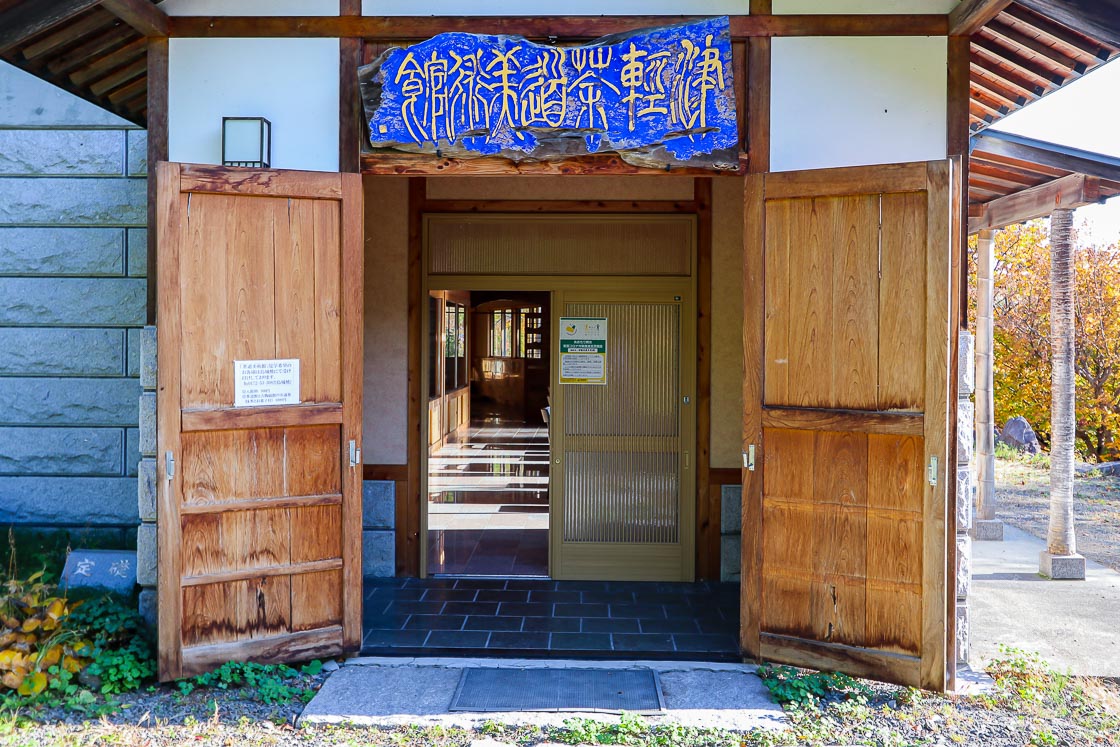
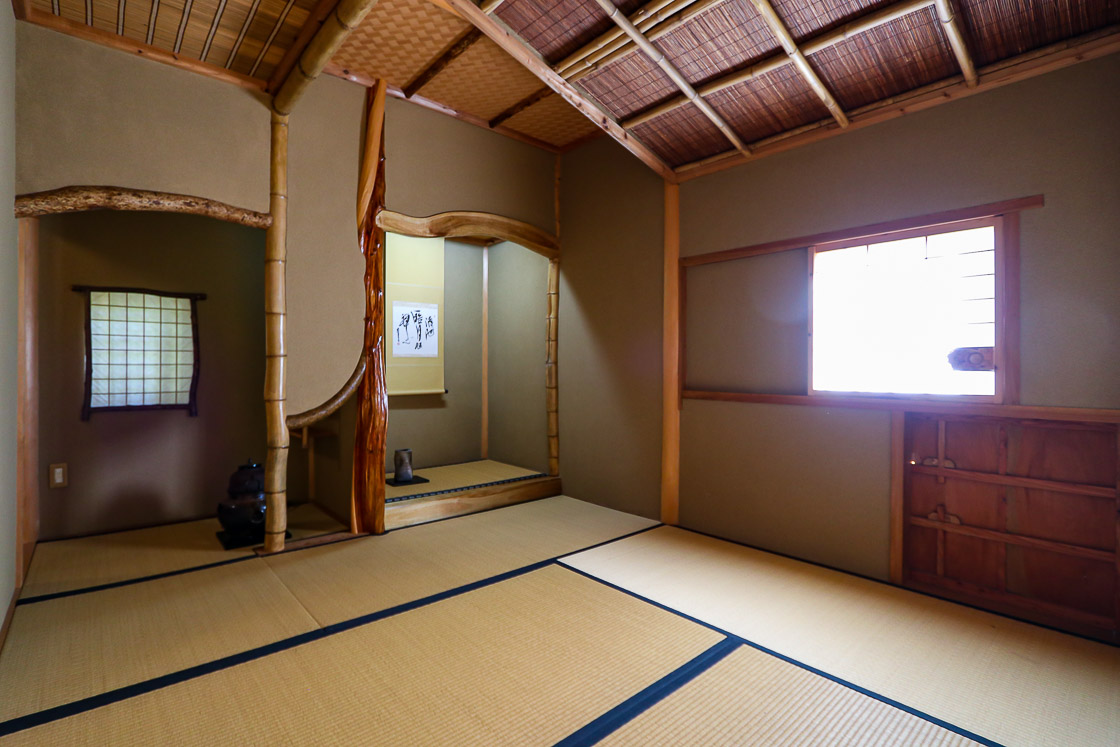
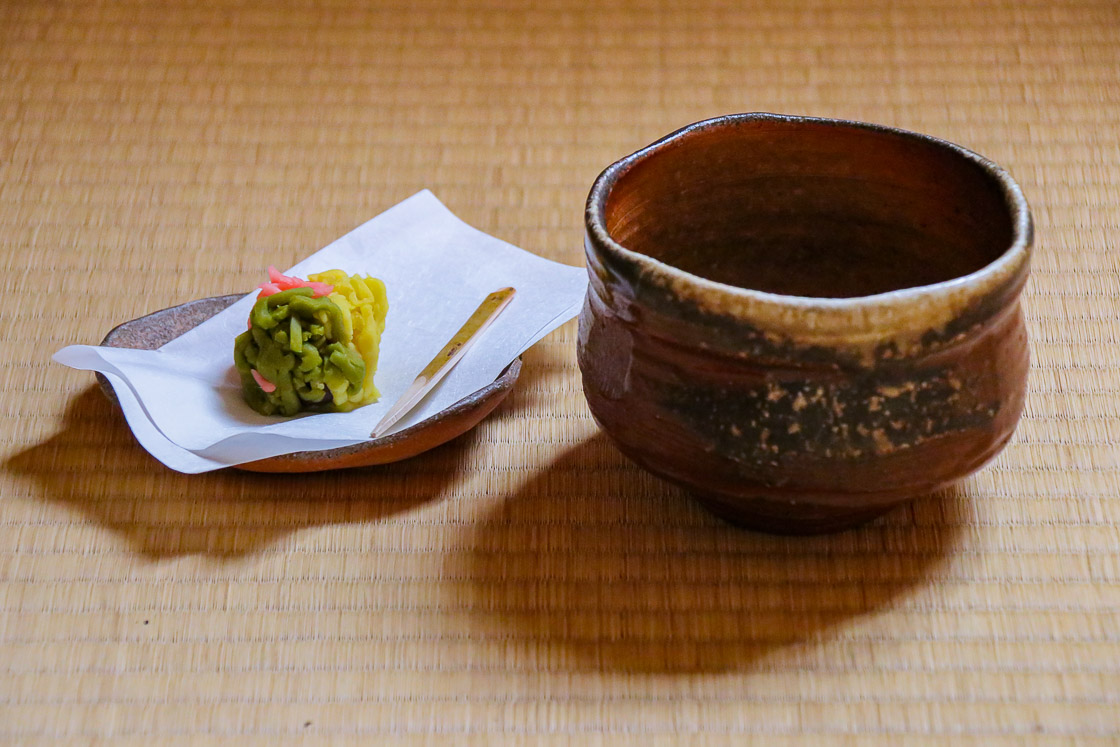
Next on my list was the Nakano Momijiyama park, which is a well-known autumn color viewing spot in Kuroishi. The colors are typically best in late October through to early November, and I was in good company when I visited at the end of October. The Nakano Shrine, which was established in the late 8th century, sits near the entrance to the park, and from there start a number of walking trails. The trails, which take about 30 to 60 minutes to complete depending on the route, take one past a waterfall, over a stream and past centuries old cedar trees.
As the sun began to set, I got back on my bicycle and cycled the short distance back to Tabinoyado Saikawa, my accommodation for the night in the Itadome Onsen district. The family-run inn had a homey atmosphere and offered a variety of baths for guests to enjoy, which I enjoyed after a day of cycling.
Dinner was a delectable feast of Aomori specialties and seasonal ingredients, and there was also a decent selection of sake and shochu available as well. It was a superb way to end the day, and I went to bed full, satisfied and content.
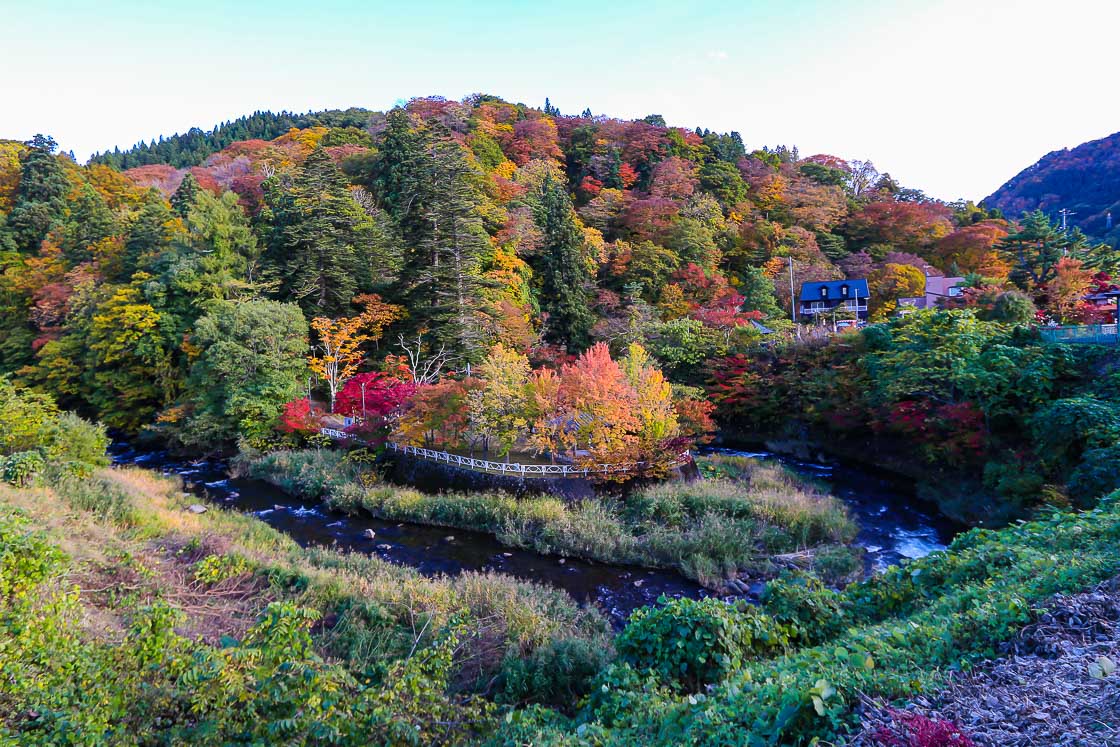
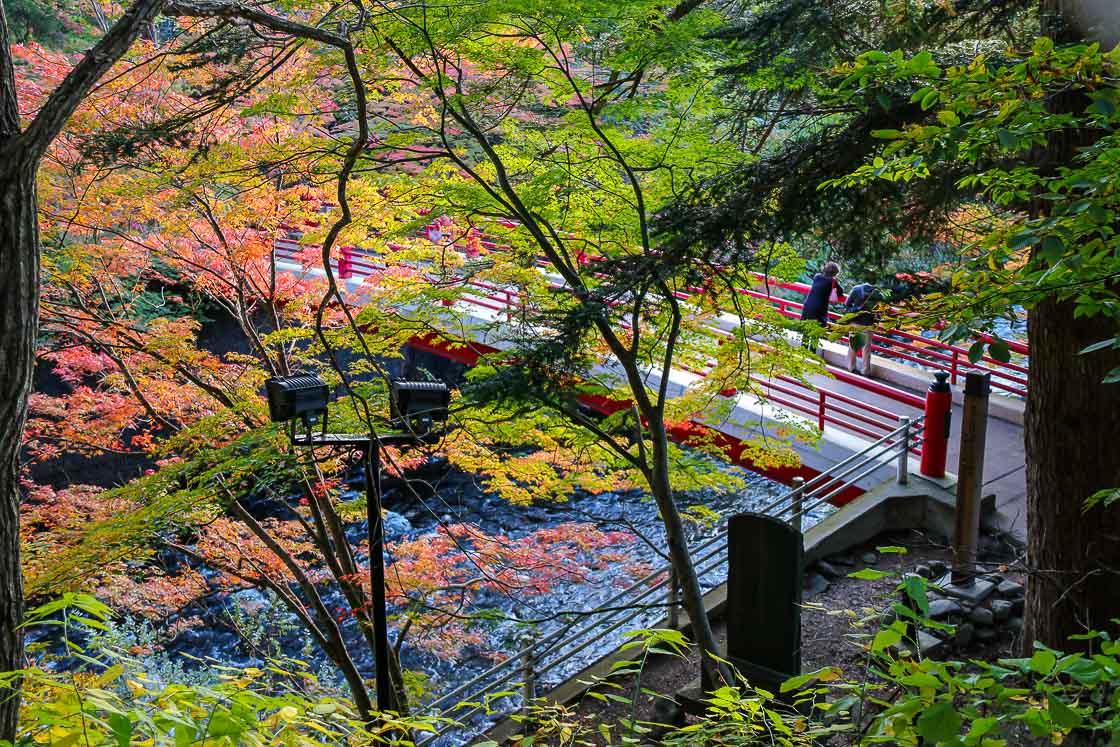


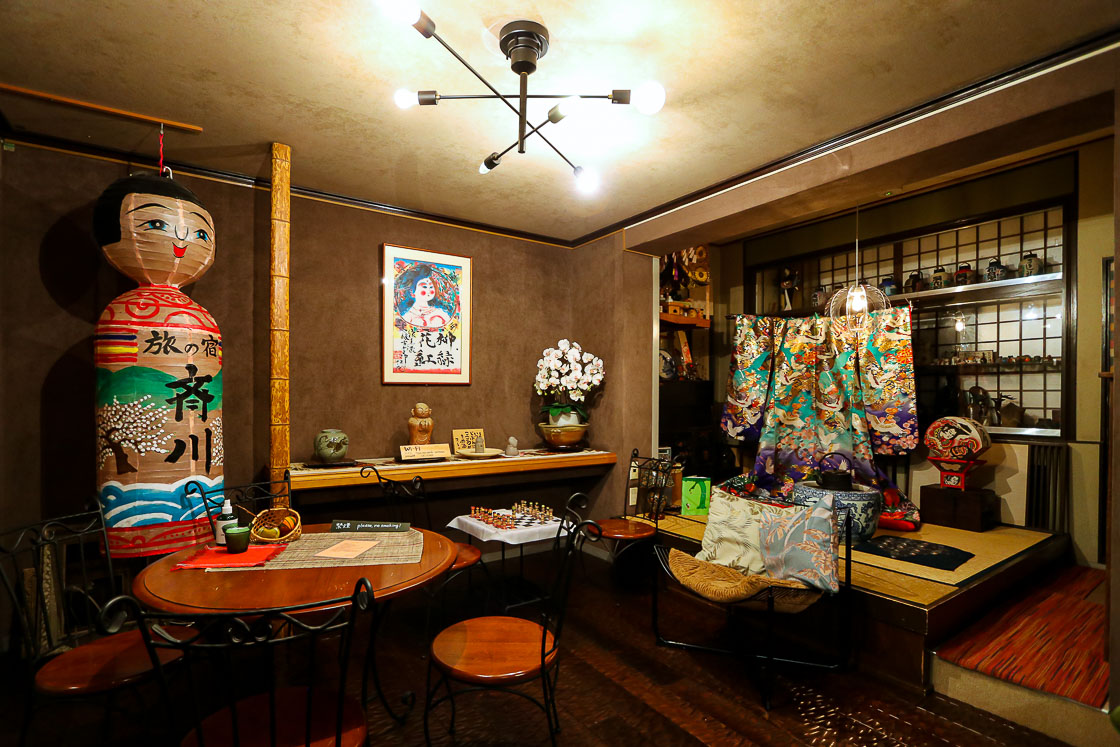
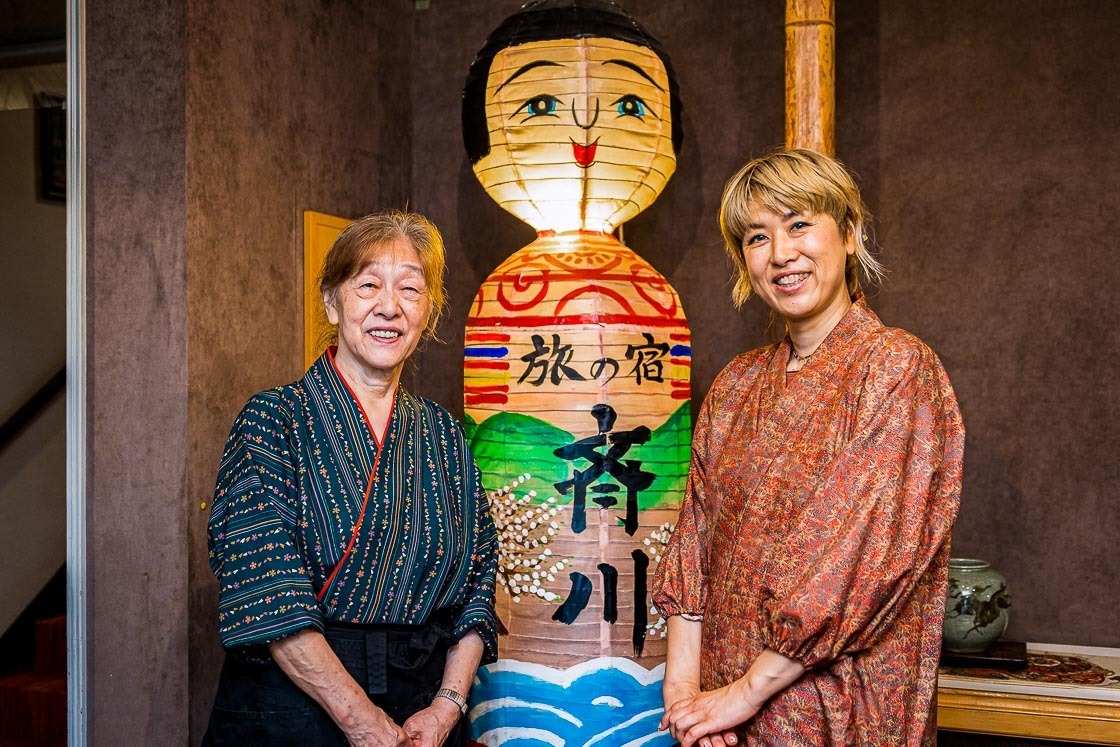
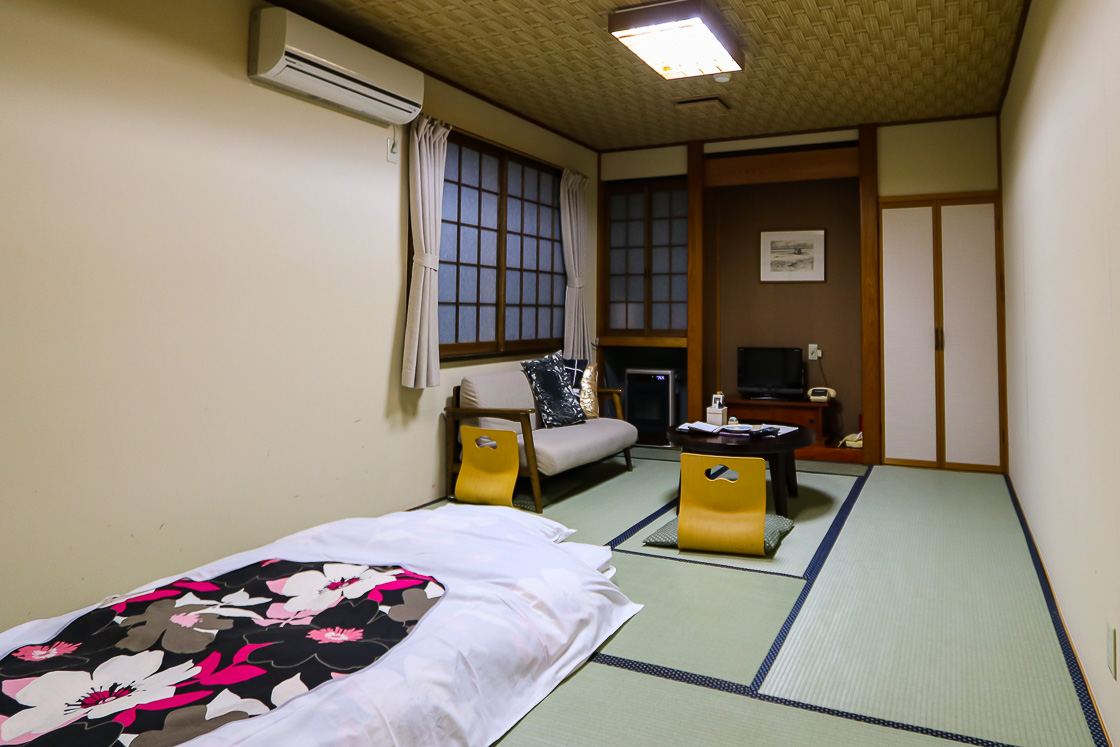
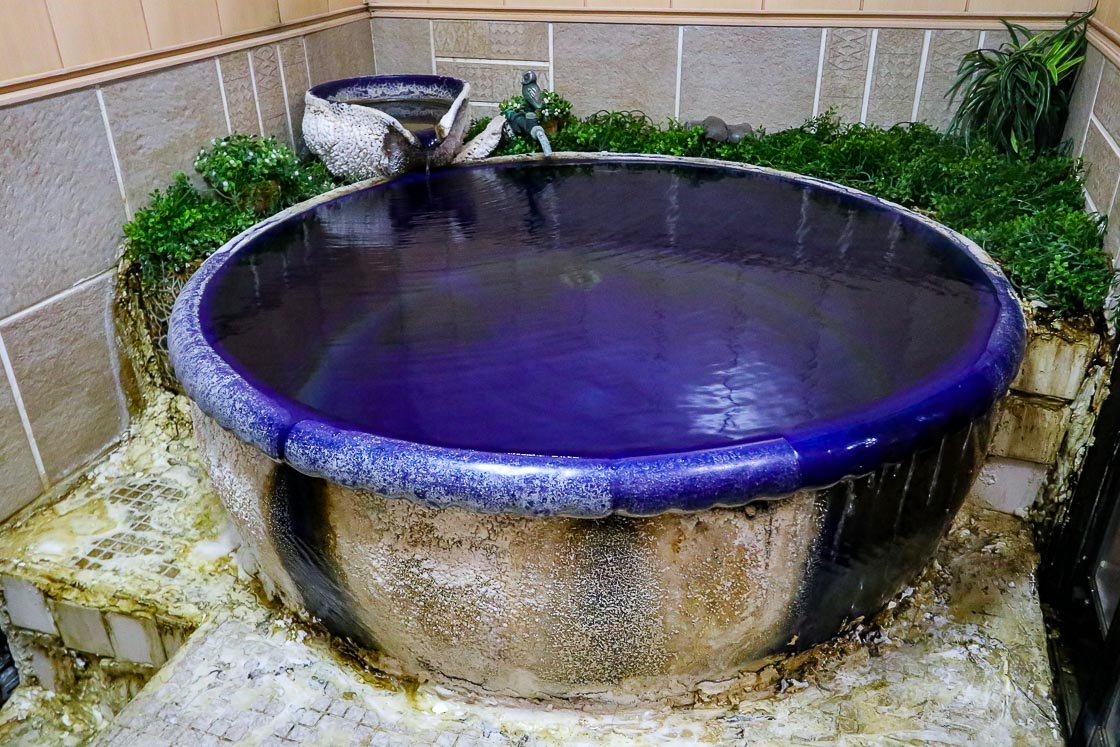
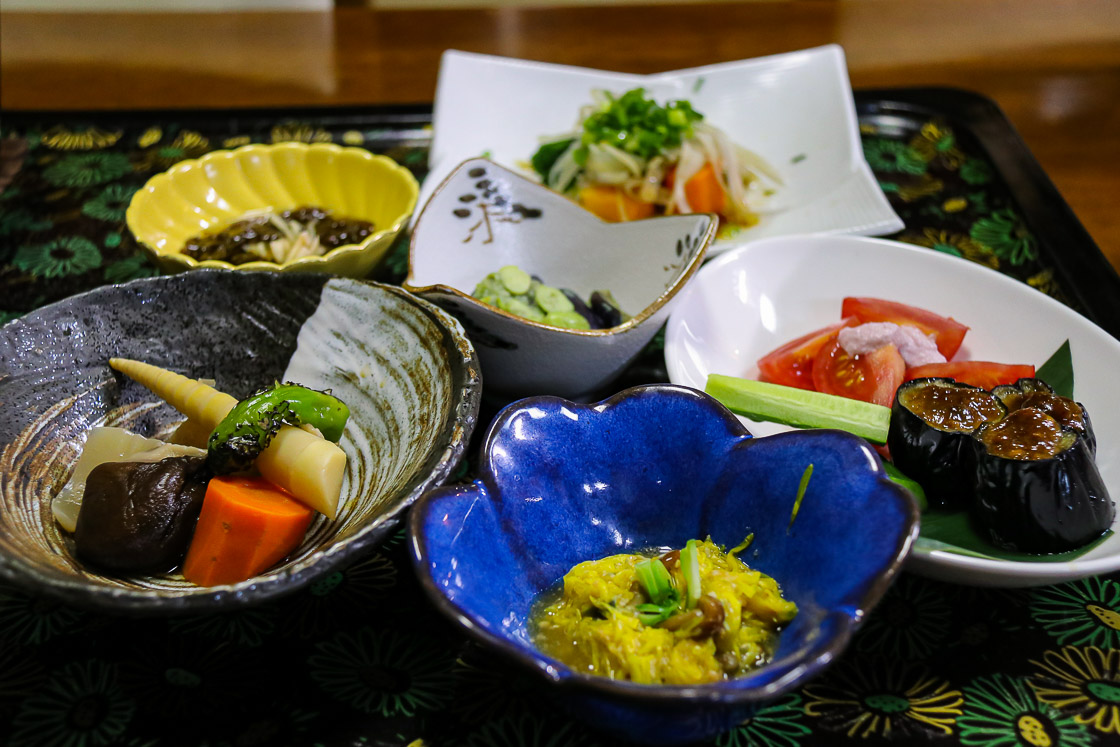
Day 3
My last day in Kuroishi was spent picking apples in the morning, then heading back to central Kuroishi to walk along the Nakamachi Komise Street checking out some of the shops before going to Shin-Aomori Station from where I would take the shinkansen home.
After a hearty breakfast at my accommodation, I took a 15 minute taxi ride to the Kuroishi Tourist Apple Orchards. The orchards are located on a hill and offer a nice view of Kuroishi city with Mount Iwaki as a background.
Aomori Prefecture is the top apple growing region of Japan, producing almost 60 percent of the country's apples of about 50 different varieties. The most famous variety from Aomori is the Fuji, which is well-loved all across Japan and in many other countries. The Fuji apple was first cultivated in Aomori about 80 years ago and makes up half of the apples grown in the prefecture. In Kuroishi, apple harvesting typically starts from mid September and lasts through early November, and visitors during that period can see the numerous apple trees in the city heavy with the delicious crunchy fruit.
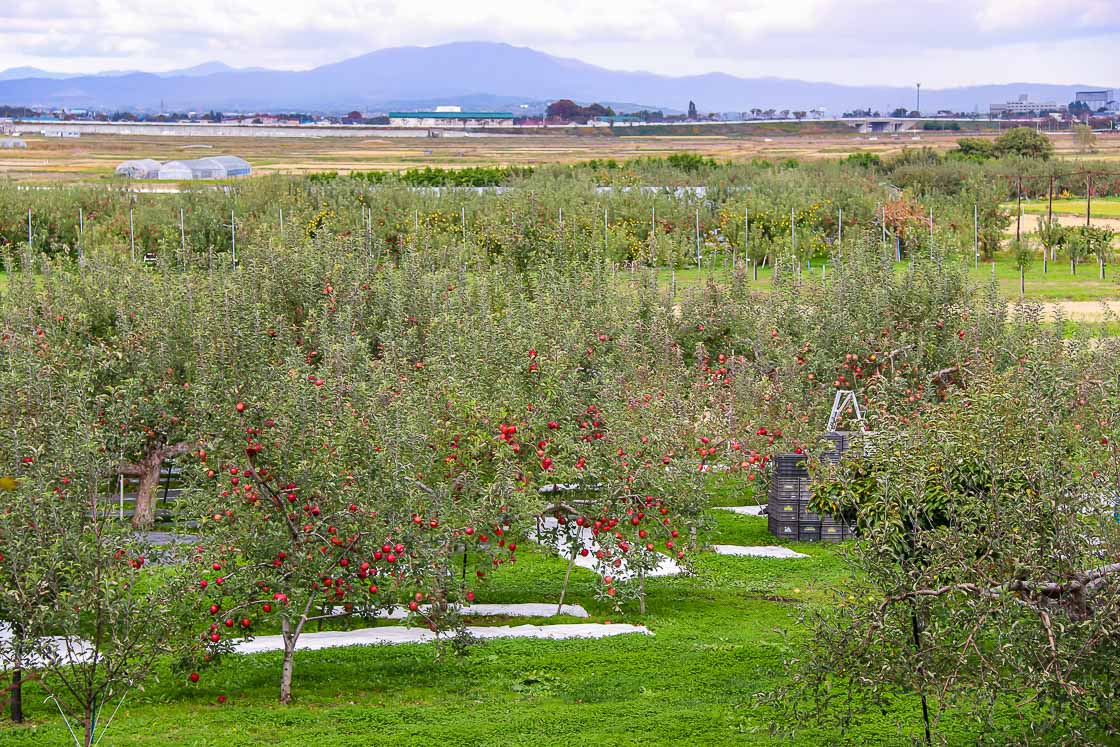
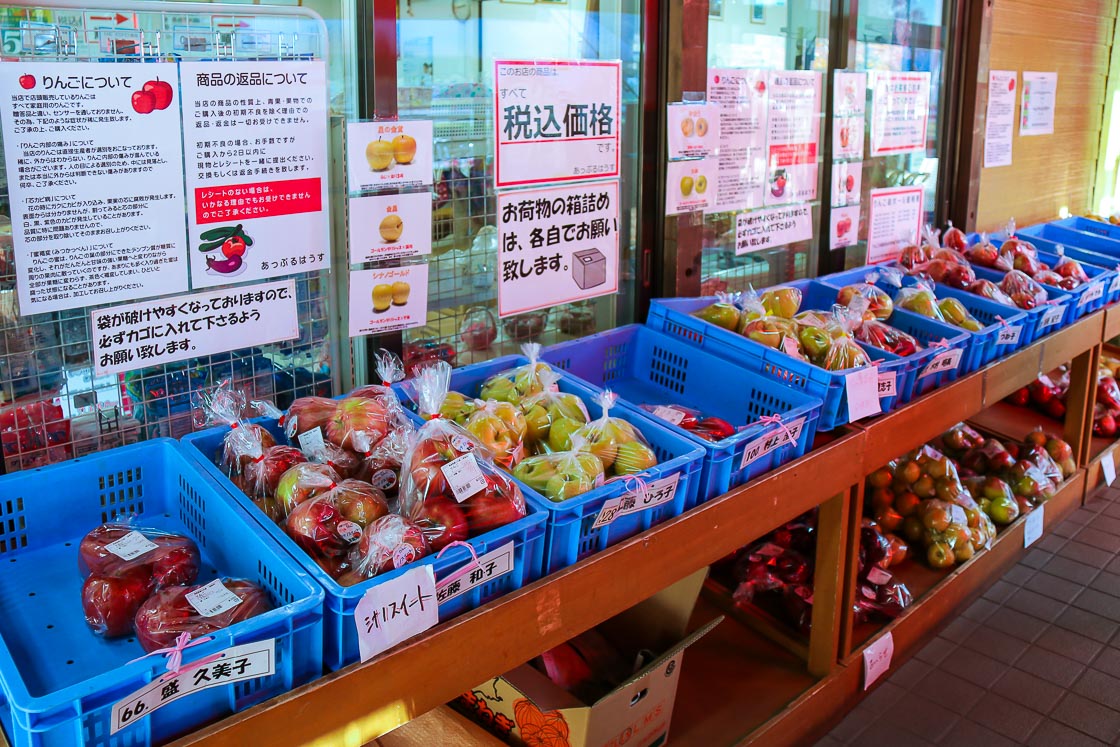
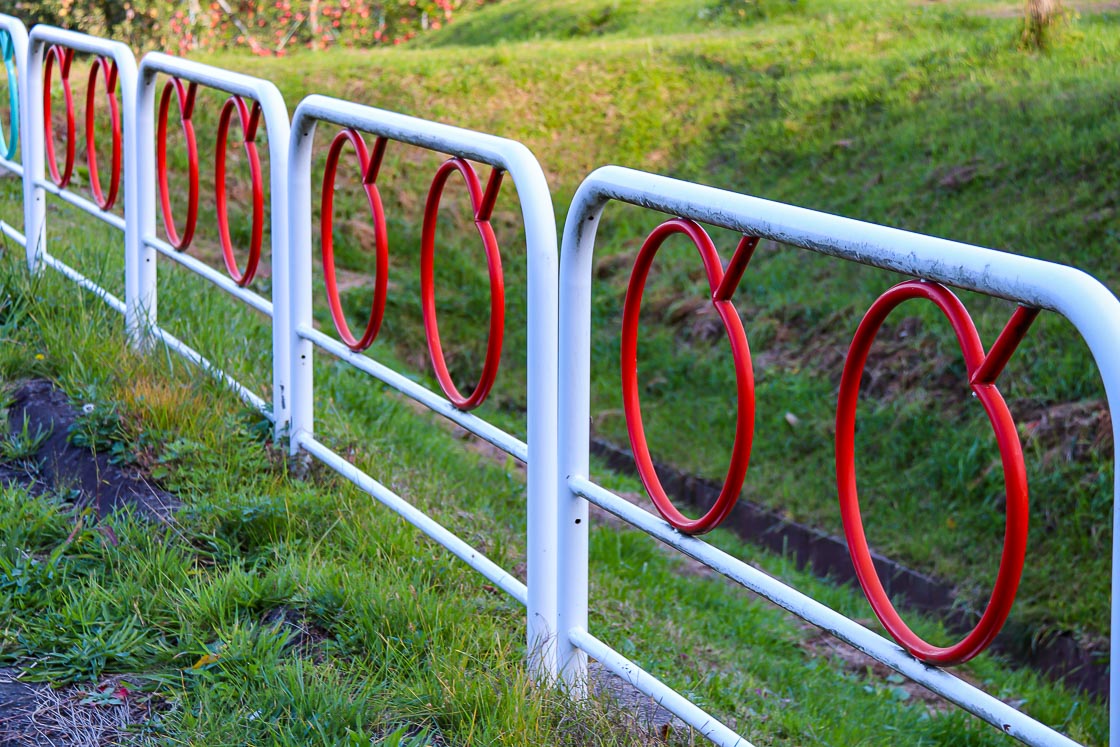
There were about five varieties of apples ripe for picking at the Kuroishi Tourist Apple Orchards when I was there in late October. The apples were relatively big, slightly larger than a tennis ball, and each weighing between 300 to 350 grams. While I was a little too early to pick the Fuji variety, I still had an enjoyable time picking and enjoying the other apples straight from the tree. The apple picking activity here was very affordable at just under 500 yen per person for an all-you-can-eat session. Additional fees apply for those who want to take home the apples they pick.
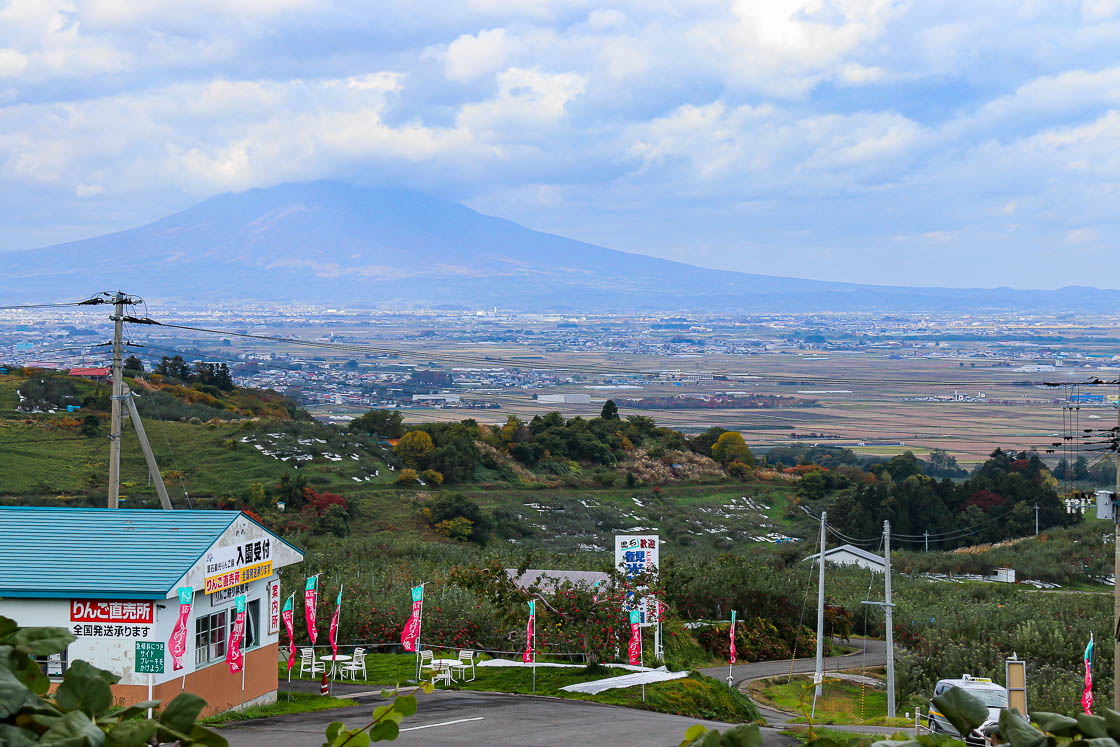
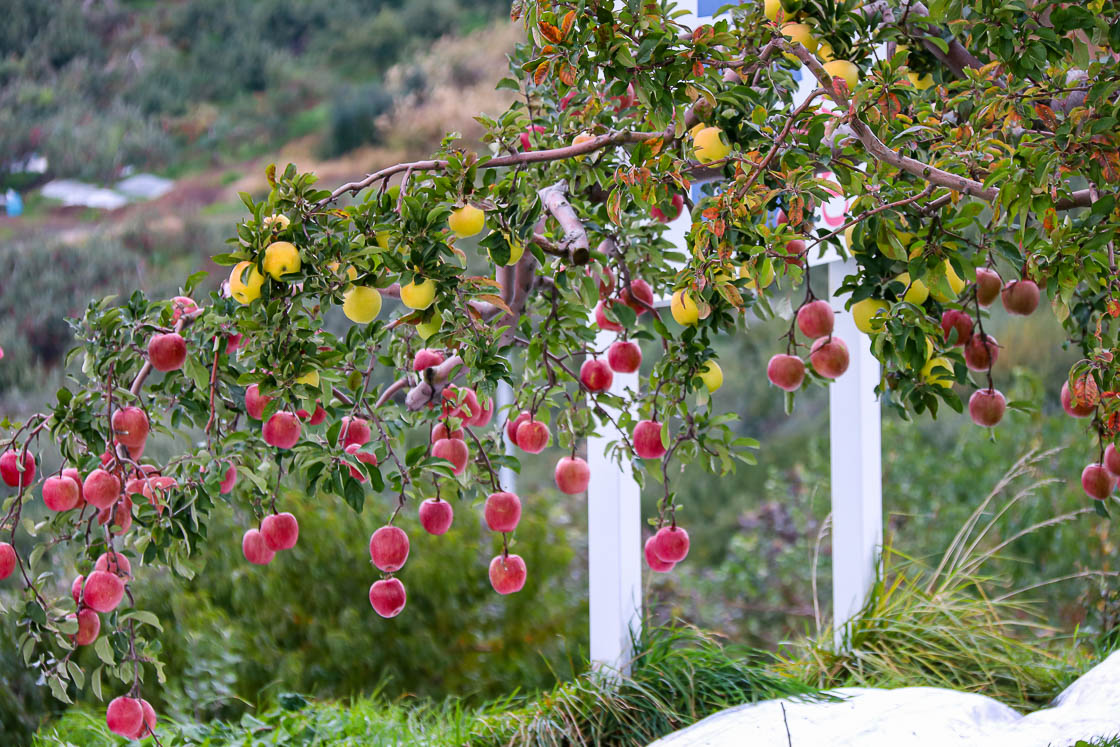
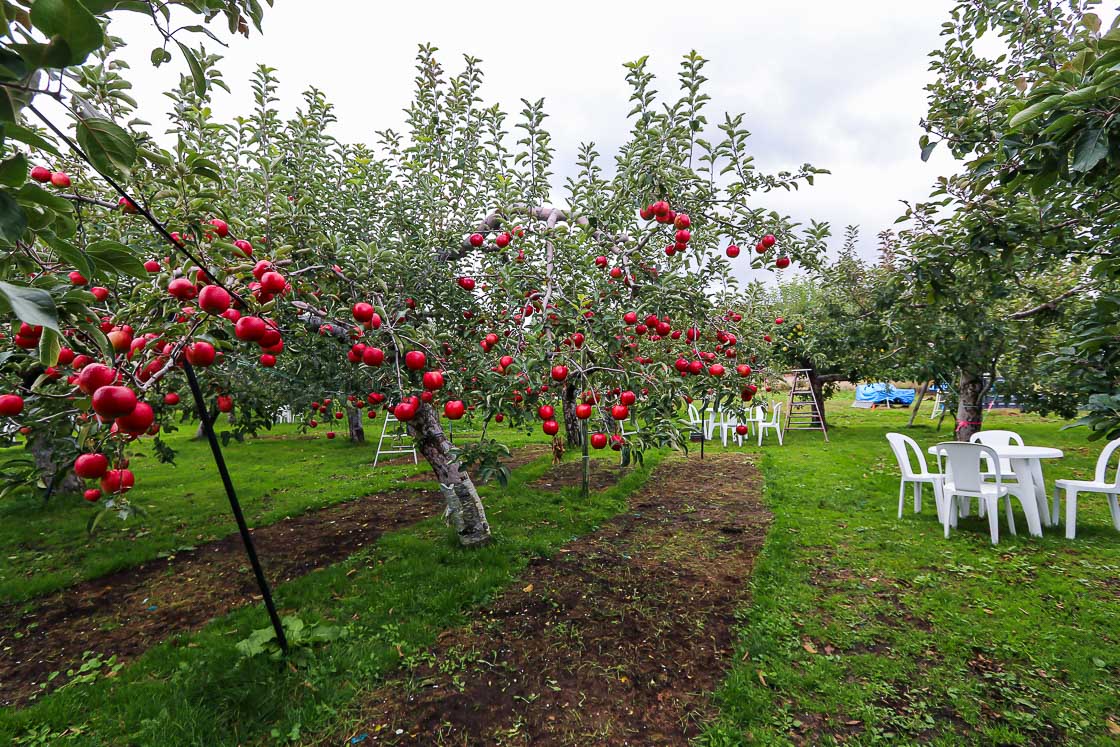
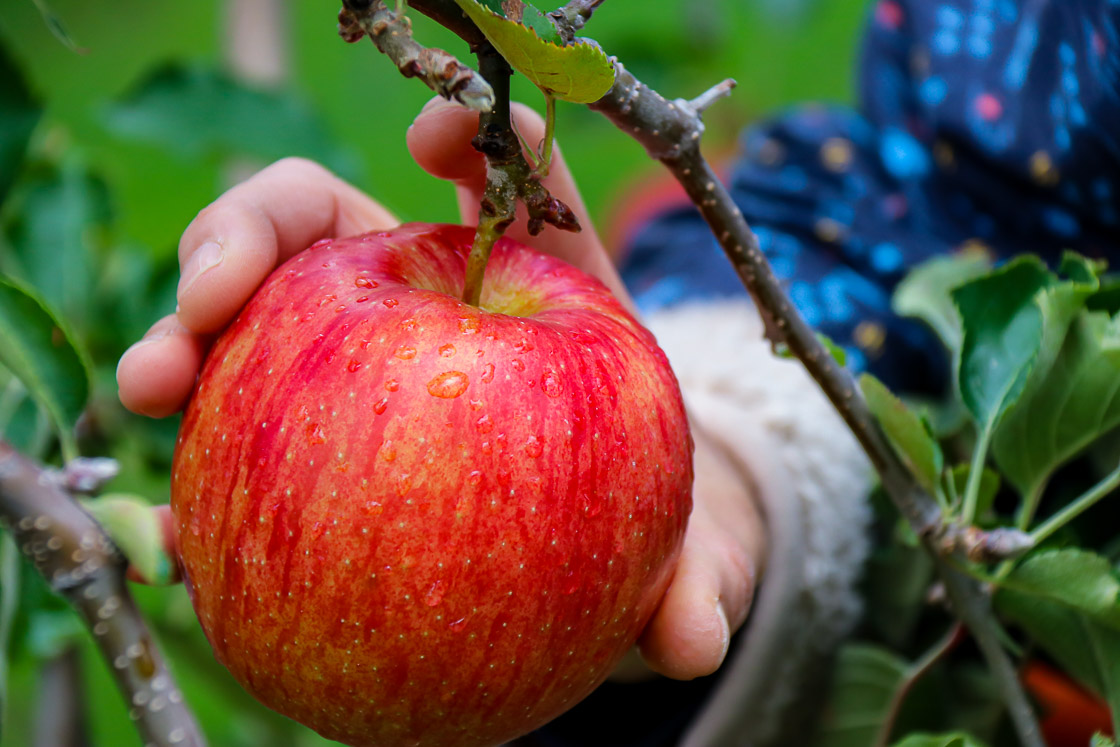
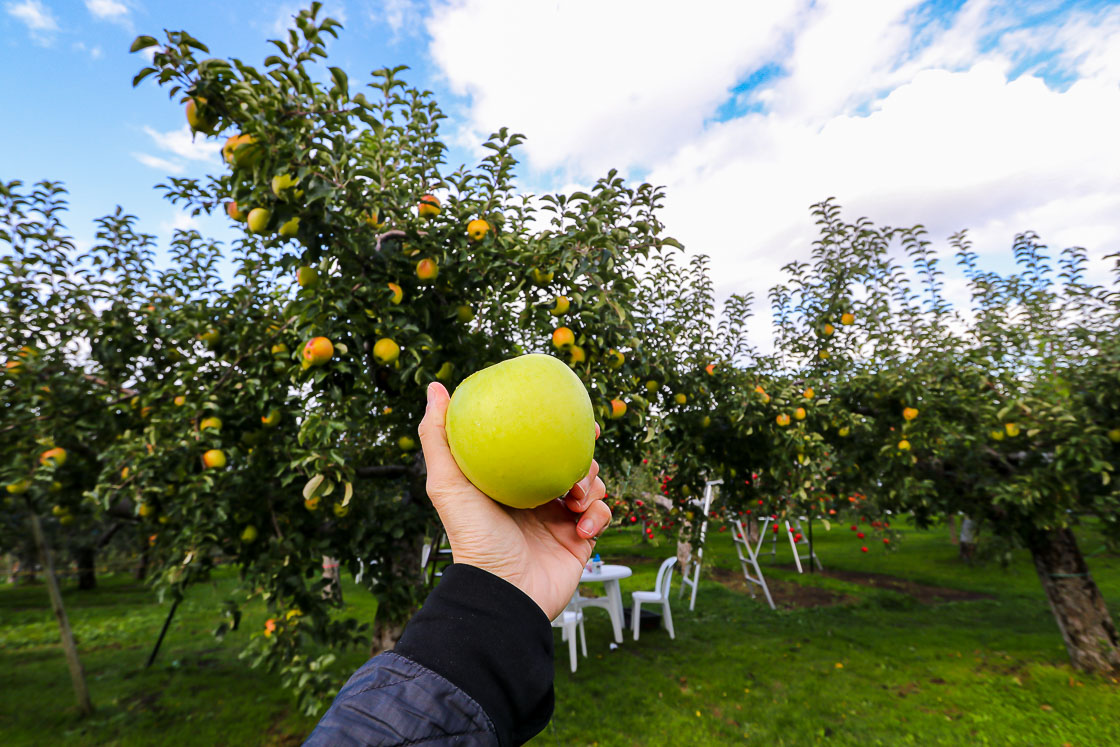
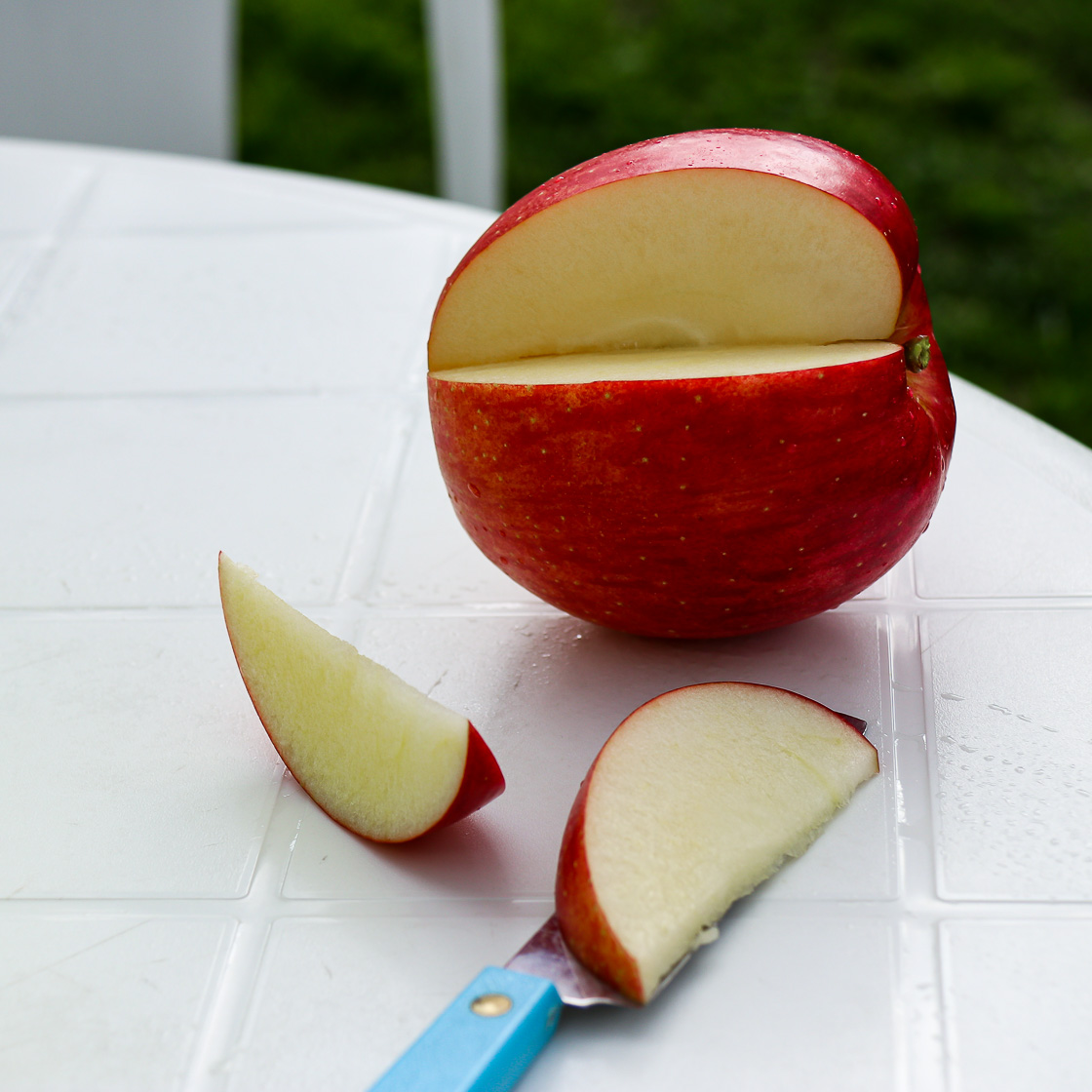
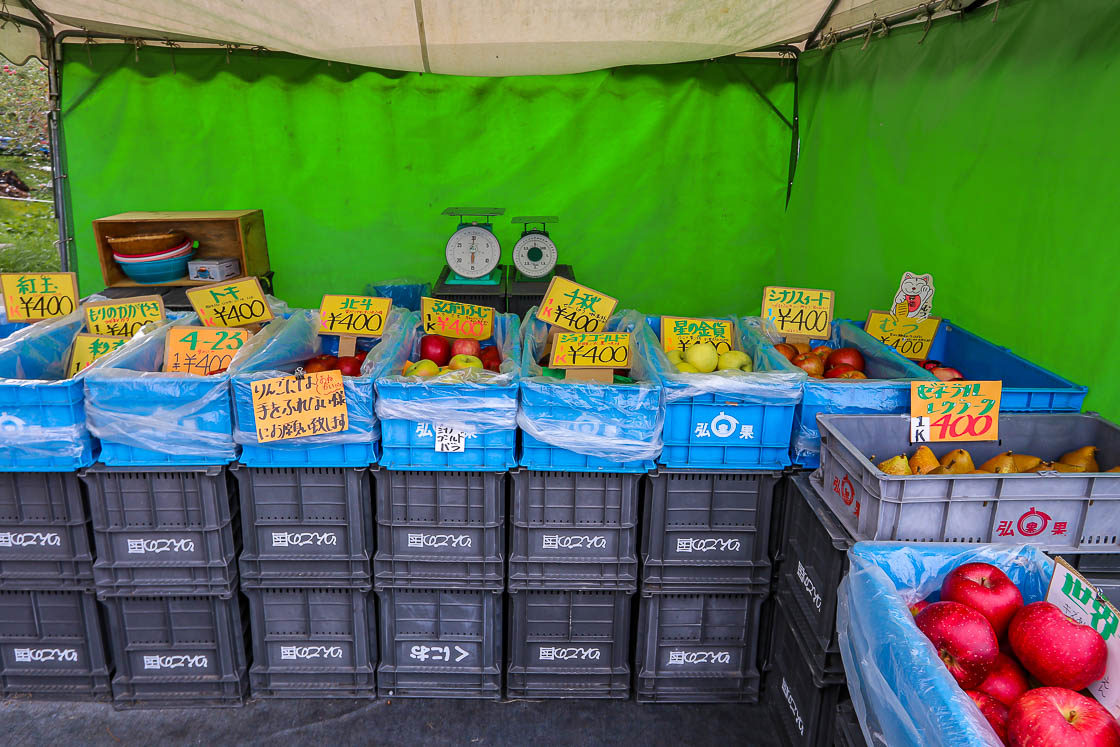
After that filling experience, I made my way to the Nakamachi Komise Street in central Kuroishi by taxi. In the early 18th century, the street prospered as a business district and was where many merchants built their shophouse residences. Covered walkways, which connect the building exteriors on each side of the street, were built out of necessity in a region that sees heavy snowfall. These covered walkways make it easy for shoppers to move easily between businesses in winter and bad weather as well as provide a sheltered place for residents to meet and chat, and have become a symbol of shopping street today.
The approximately 150 meter long shopping street has retained many of its traditional wooden buildings, and I visited the Narumi Sake Brewery, a local sake brewery established over 200 years ago. Visitors can see the interior of the sake shop and the inner garden, which has remained the same for centuries. A sizeable number of sake types and labels are produced here, each made with locally grown rice and koji mold together with snowmelt from the nearby mountains.
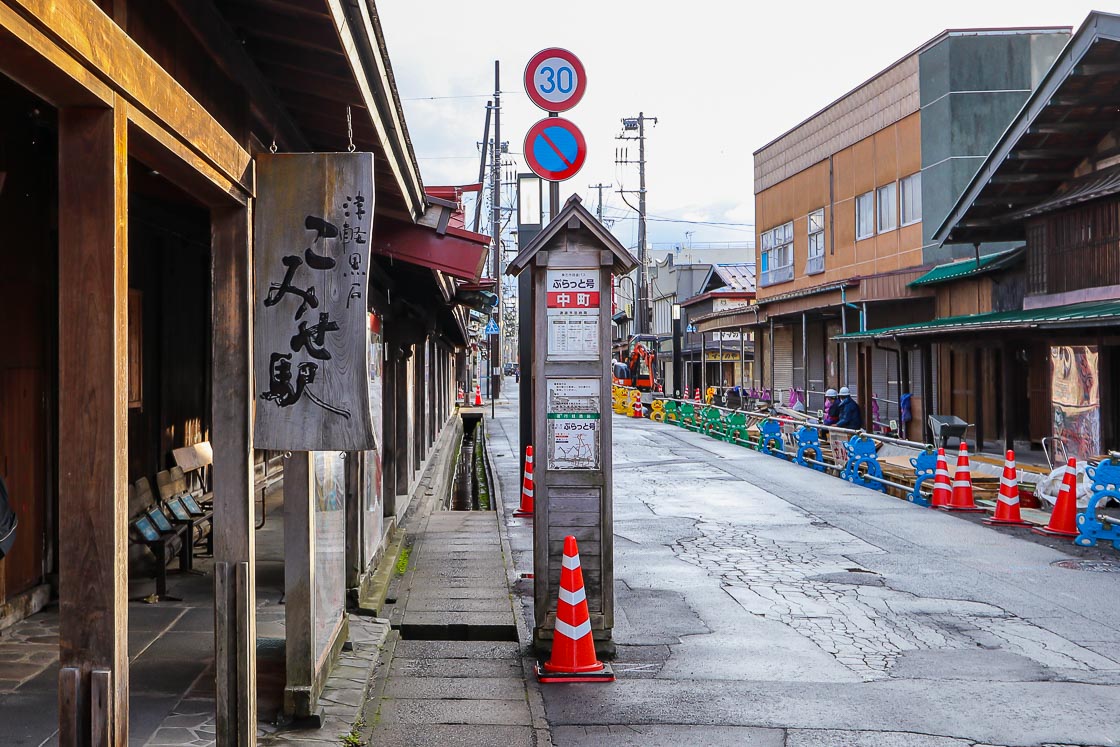
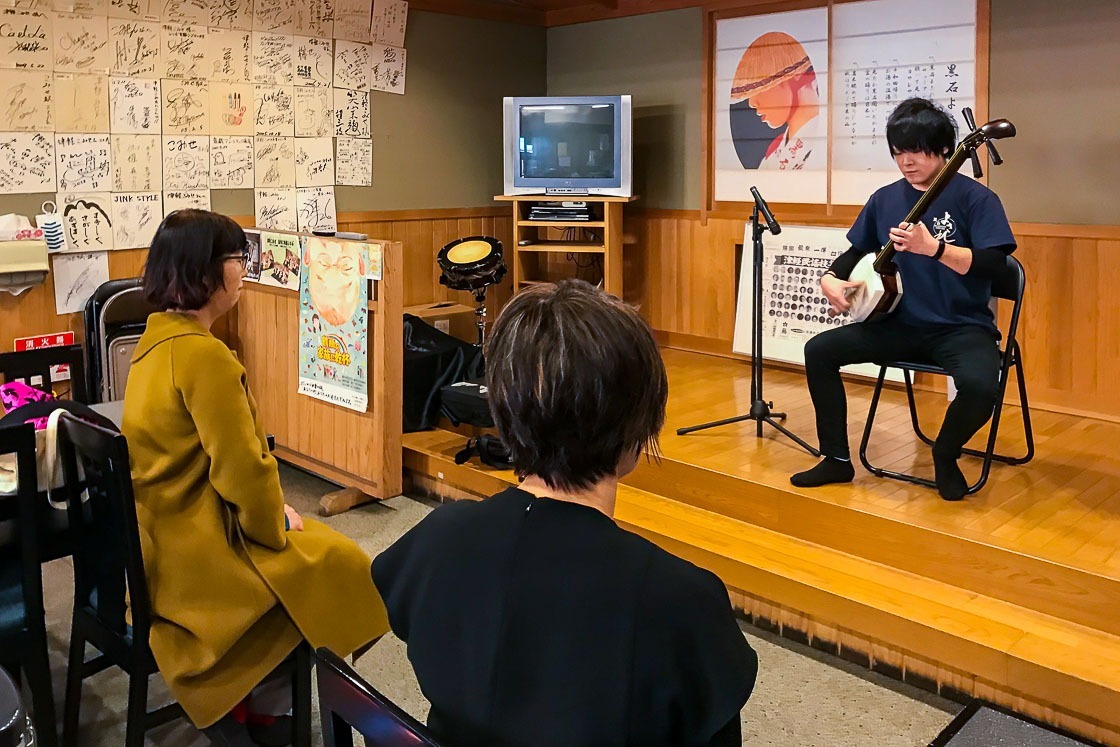

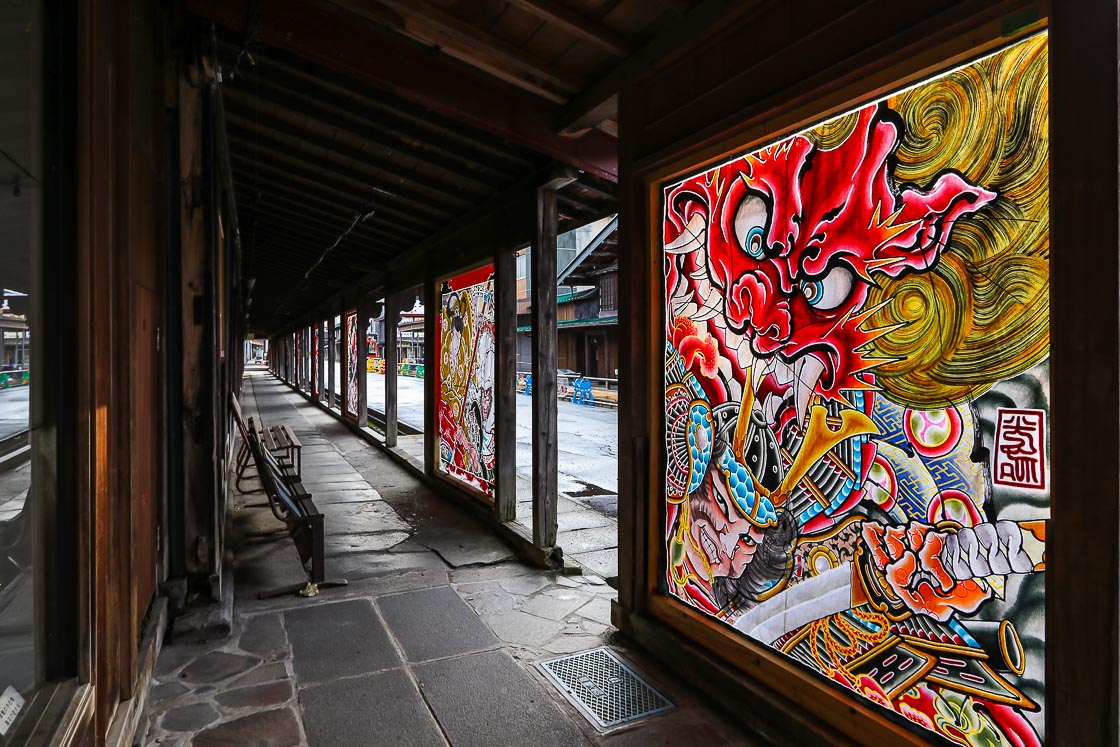
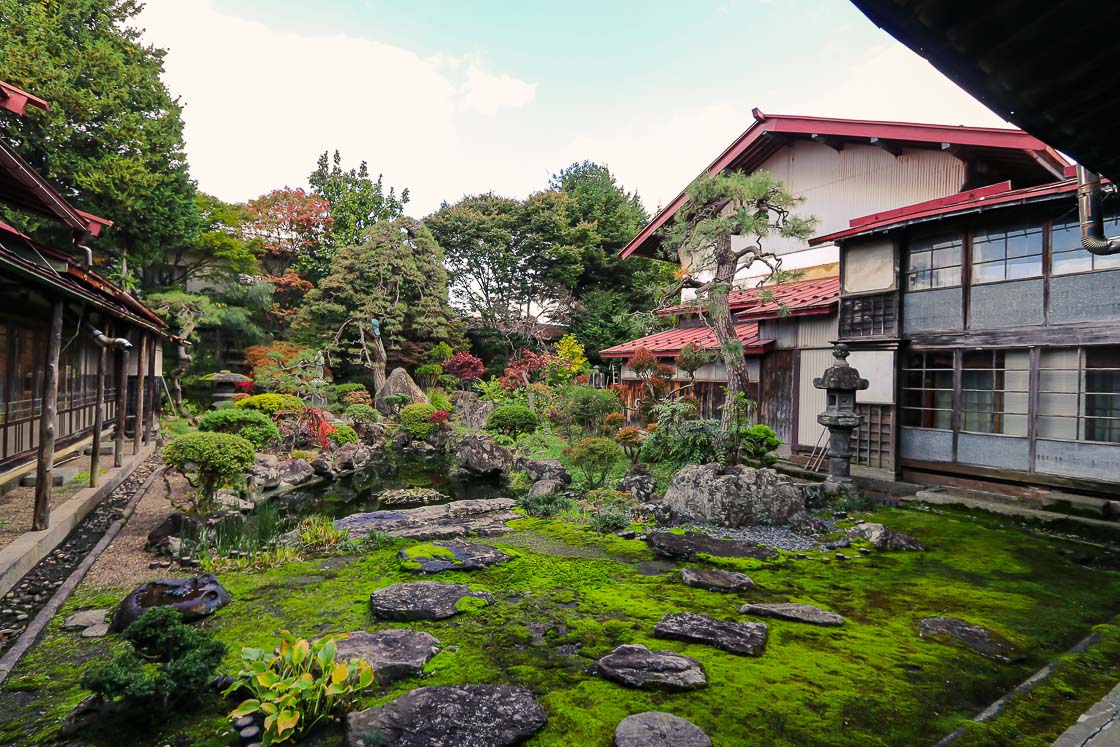
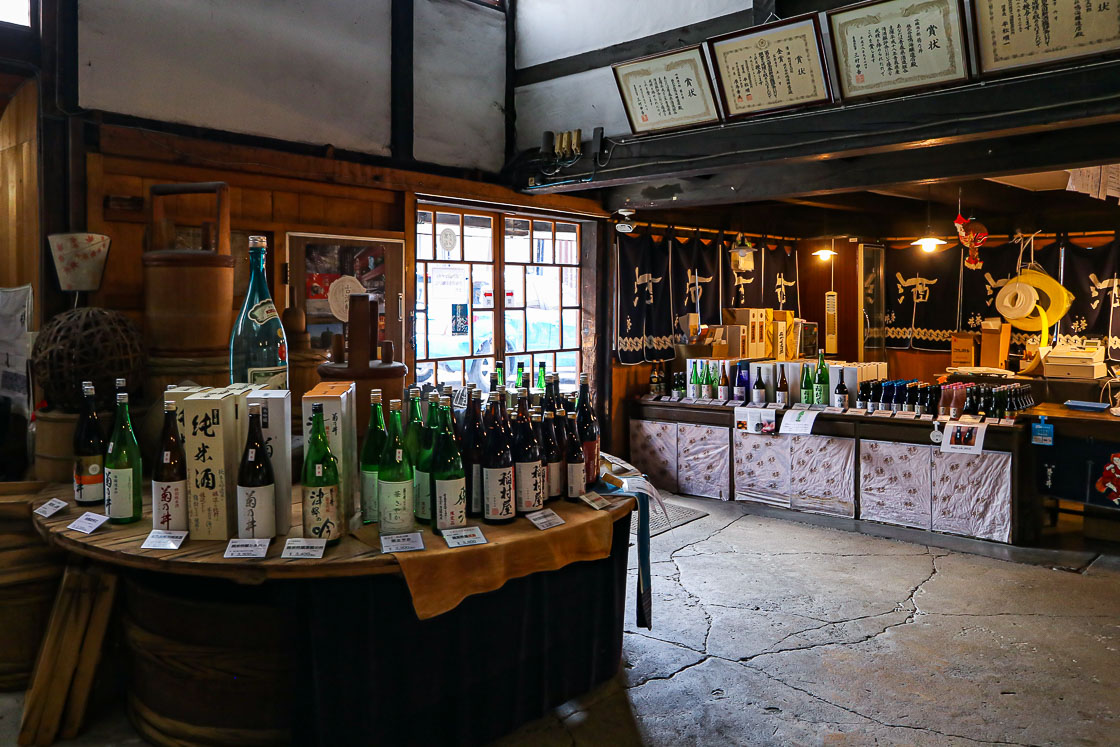
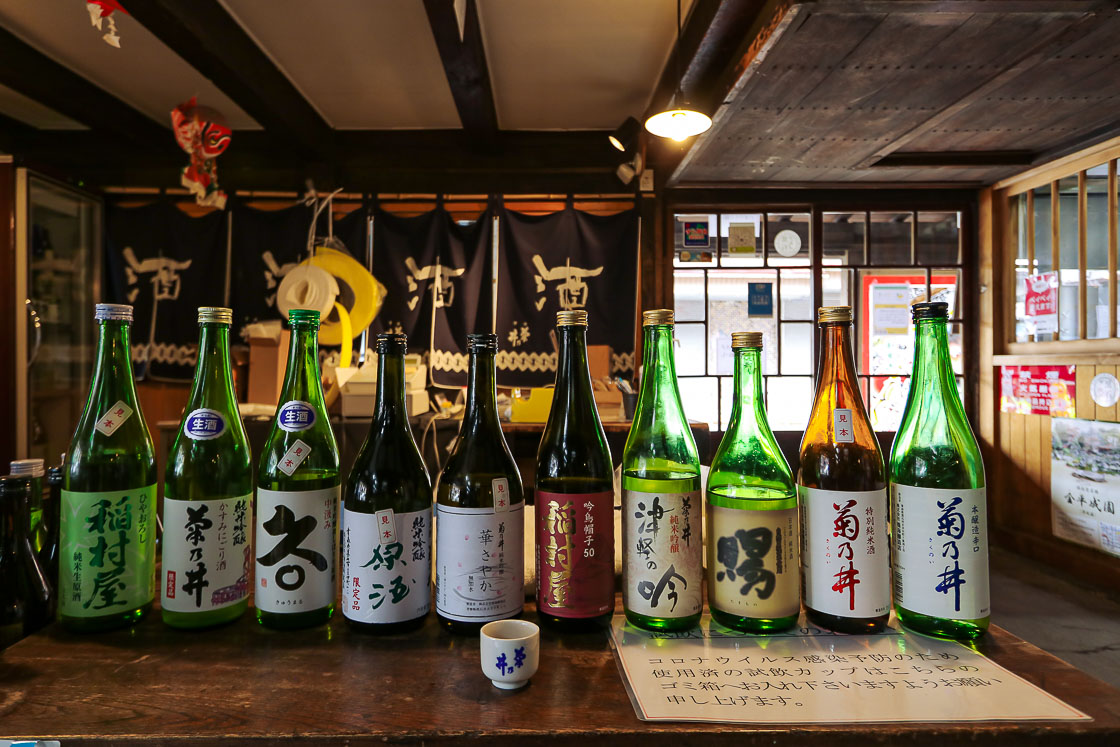
Lunch was at a local restaurant along the shopping street, diagonally across from the sake brewery, which serves one of Kuroishi City's gourmet specialty - Tsuyu Yakisoba. The savory noodle dish is a unique combination of fried noodles in noodle broth, and topped with sliced spring onions and crispy fried tempura bits. The cheap and simple dish did not take long to arrive after ordering, and I quickly understood why this was comfort food for the locals after my first bite. The homey dish hit all the right spots of hot, soupy, savory, and starchy, the kind of meal I would love to have on a cold day.
Following lunch, I explored the rest of the Komise Street before walking to Kuroishi Station from where I would make my way to Shin-Aomori Station to take the bullet train back towards Tokyo. Thus ended my three day trip exploring the mid-southern Tsugaru region of Aomori Prefecture, from cultural sights to rustic mountain stays to fruit picking, I truly had a fun time experiencing the different activities and places.
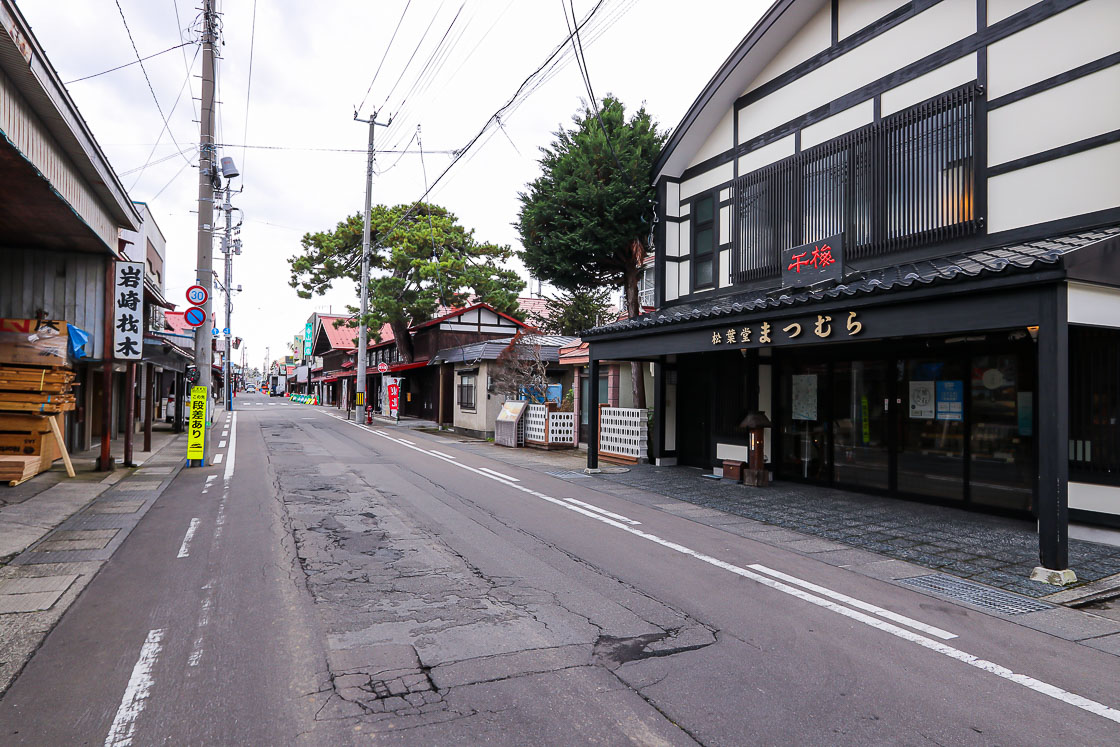

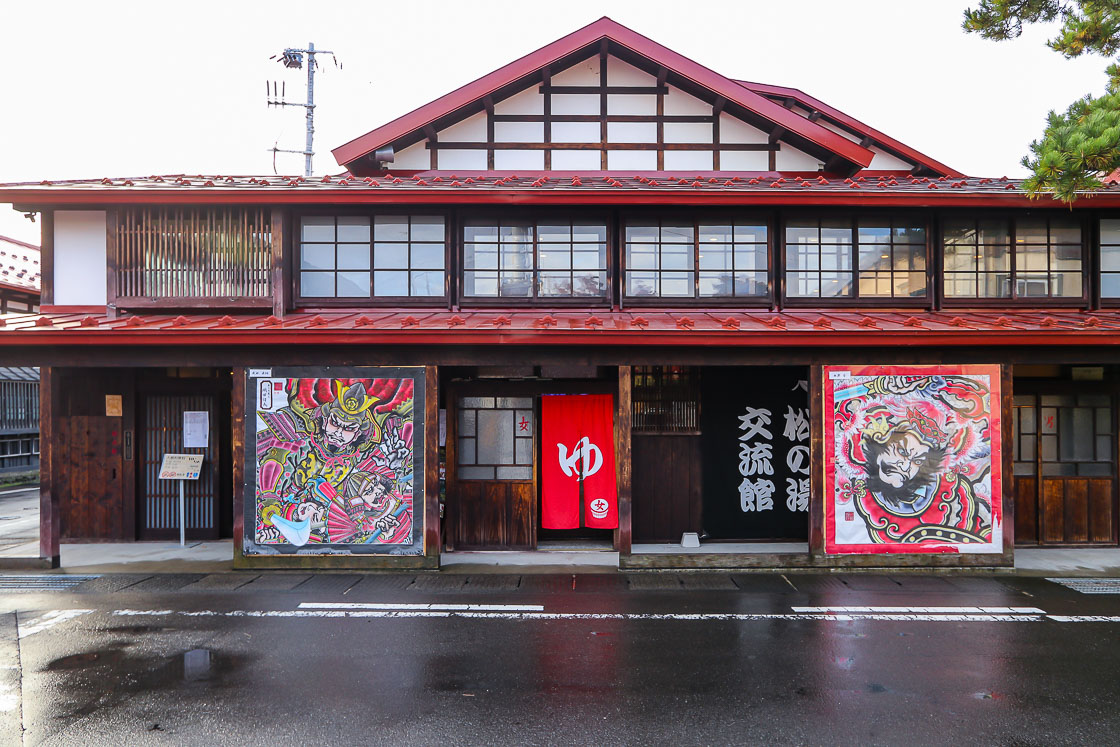
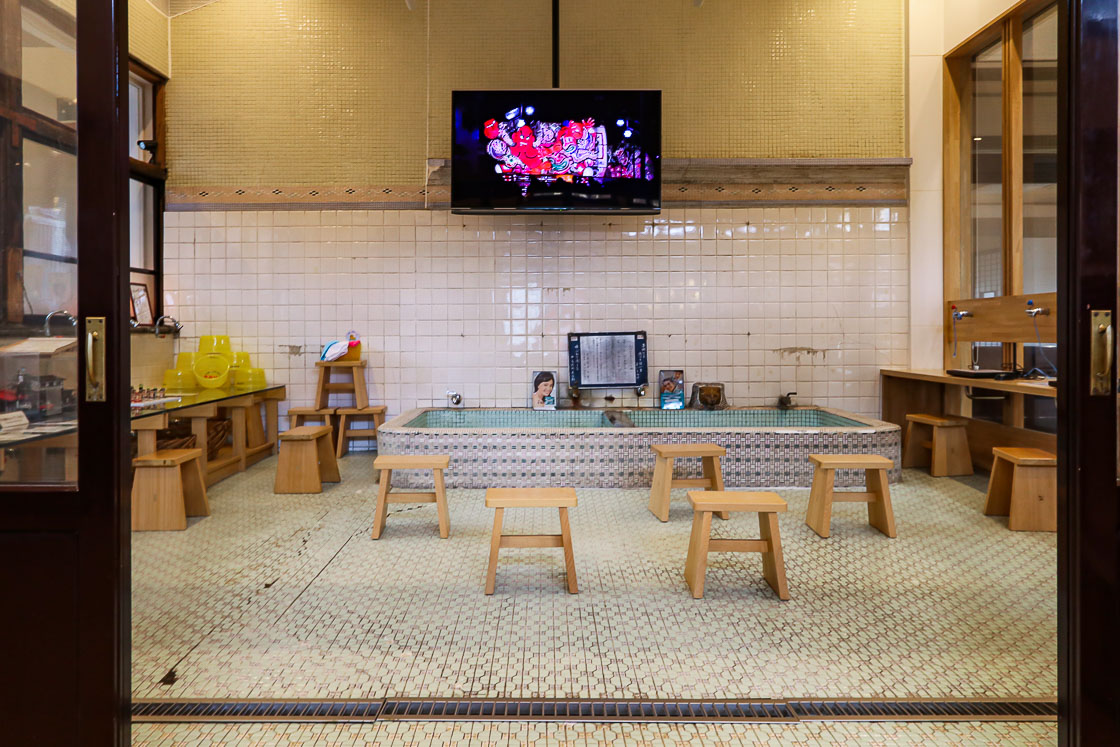
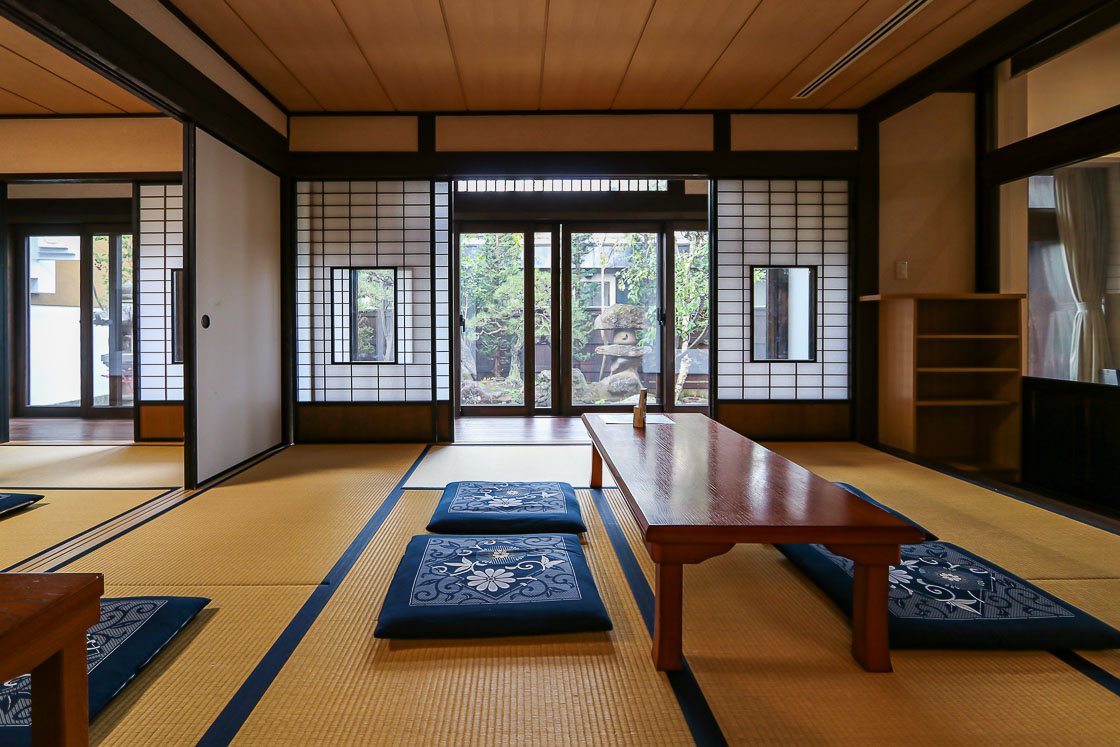
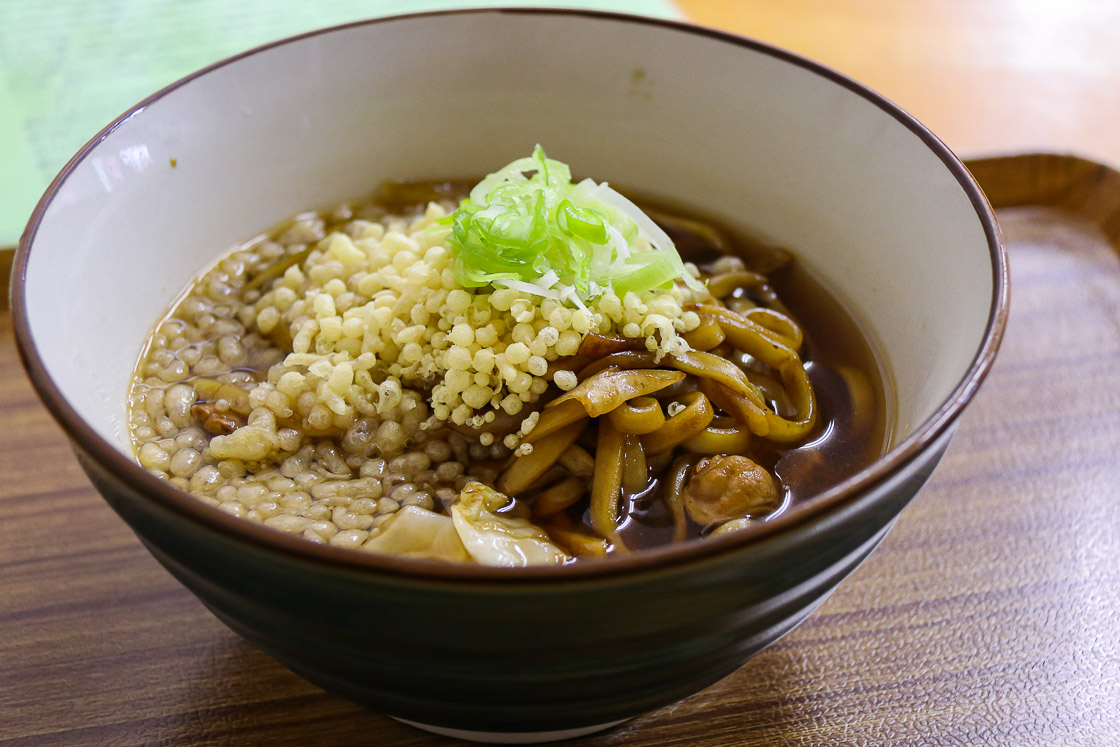
Access from Tokyo
Take the JR Tohoku Shinkansen from Tokyo to Shin-Aomori Station, the main station serving central Aomori. From there, transfer to the JR Ou Main Line to Hirosaki. At Hirosaki, change to the Konan Railway (Konan Tetsudo) and take the train bound for Kuroishi. The one way journey from Tokyo to Hirosaki costs 18,000 yen, and is fully covered by the Japan Rail Pass, JR East Tohoku Area Pass, JR East South Hokkaido Rail Pass and JR Tohoku South Hokkaido Rail Pass. Note that there are only reserved seats on the shinkansen to Shin-Aomori.
Additionally, the one day Wano Pass offered by Konan Tetsudo allows for unlimited train travel between Hirosaki and Kuroishi, and includes entry to Seibi-en Garden and a sake cup from Narumi Sake Brewery. The pass costs 1100 yen and can be purchased at Hirosaki, Hirosaki Higashikou-mae, Hiraka, Tsugaru Onoe and Kuroishi stations.

Getting around Hirakawa and Kuroishi
Tsugaru Onoe
Tsugaru Onoe Station is a stop on the Konan Tetsudo between Hirosaki and Kuroishi, and is the closest station to access Seibi-en Garden, Saruka Park and Saruka Shrine. It is a 15 minute walk from the station to Saruka Park and Saruka Shrine, and from there, it is a 5 minute walk to Seibi-en Garden. Daiju Shokudo is 10 minute walk from Seibi-en Garden, and a 5 minute walk back to Tsugaru Onoe Station.
Lamp no Yado Aoni Onsen
Take the local bus from Kuroishi Station or Nakamachi Komise Street to Nijinoko Koen (ō°é╠ī╬ī÷ēĆ). A shuttle bus to Lamp no Yado Aoni Onsen departs from there. It is recommended to check the bus timetables before going due to the infrequent schedules.
Tabinoyado Saikawa
Take the local bus from Nijinoko Koen and alight at the Itadome (ö┬Ś») bus stop, two stops away. Tabinoyado Saikawa is a one minute walk from the bus stop.
Staying guests at Tabinoyado Saikawa can borrow their bicycles to tour the surrounding area. The terrain is relatively flat and can be explored comfortably in a day.
Kuroishi Tourist Apple Orchards
A taxi is the best way to access the orchard as it is not served by public buses. Taxis going there can be arranged by your accommodation, and a taxi to central Kuroishi can be arranged by the orchard or by asking the same taxi driver to return at a pre-determined time.
Nakamachi Komise Street
Nakamachi Komise Street is a ten minute walk from Kuroishi Station.


